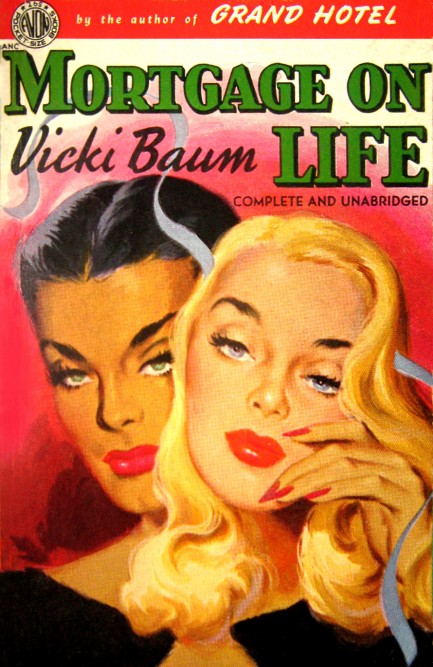| Intl. Notebook | Nov 20 2022 |

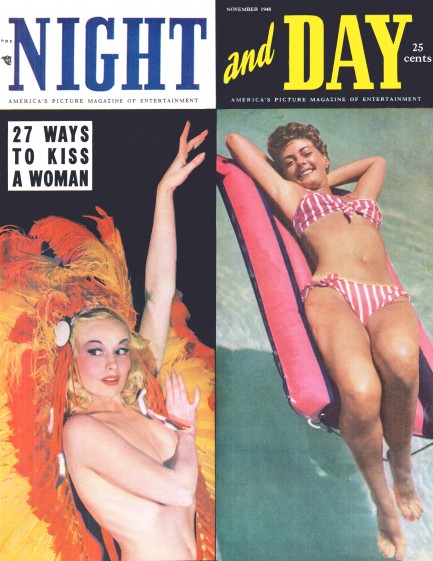
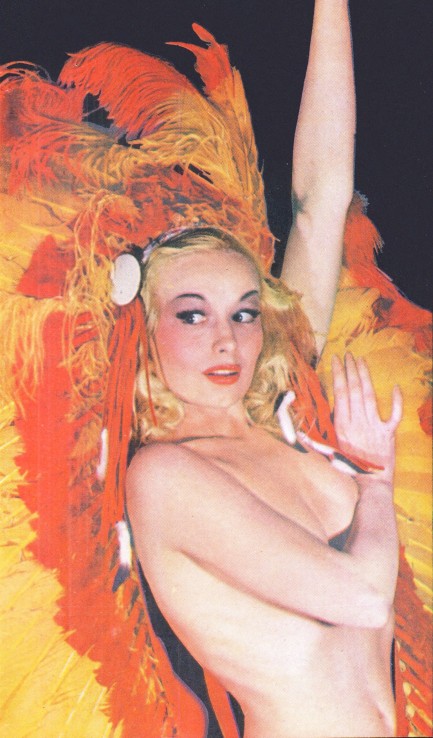
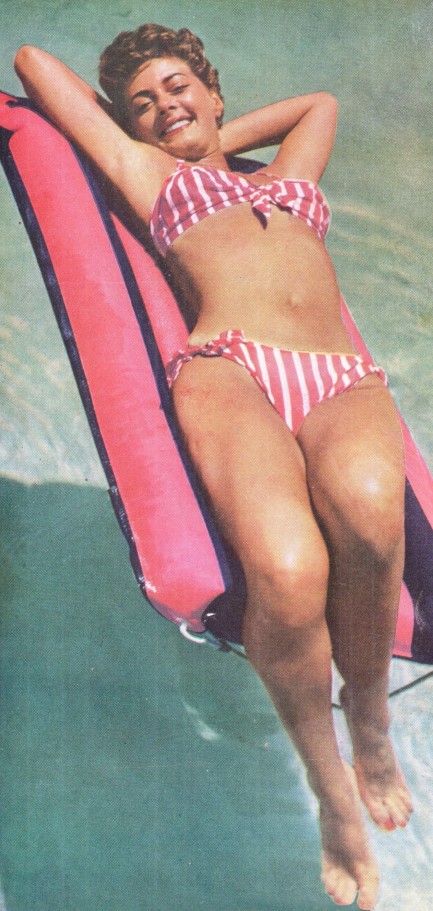
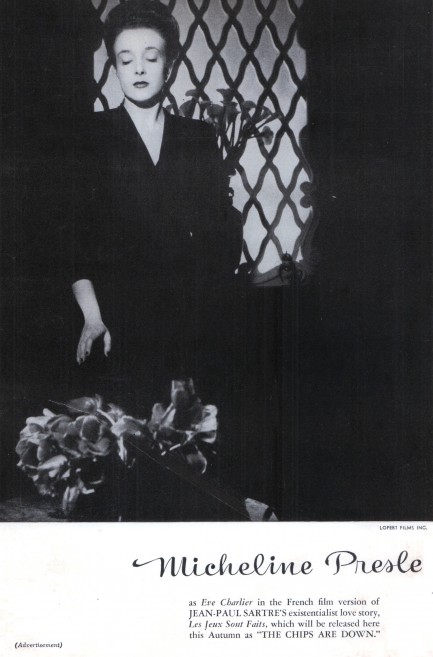
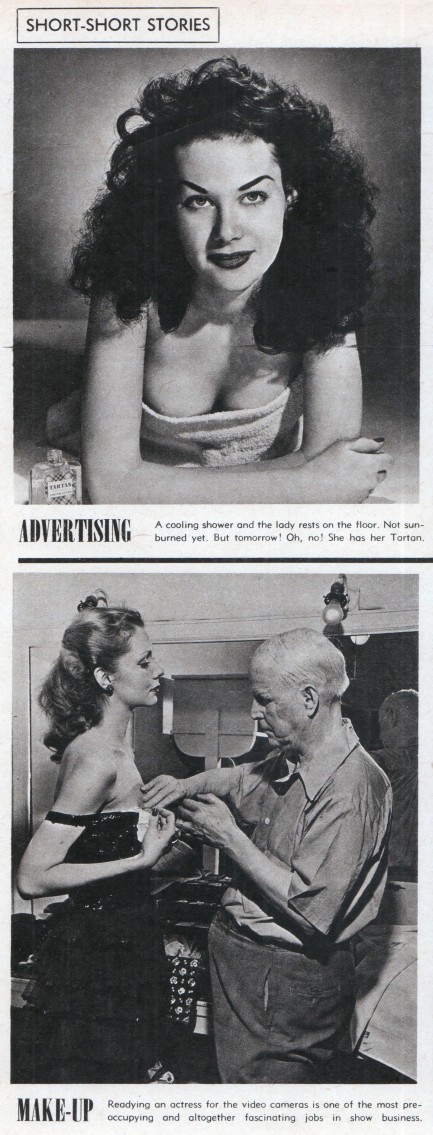
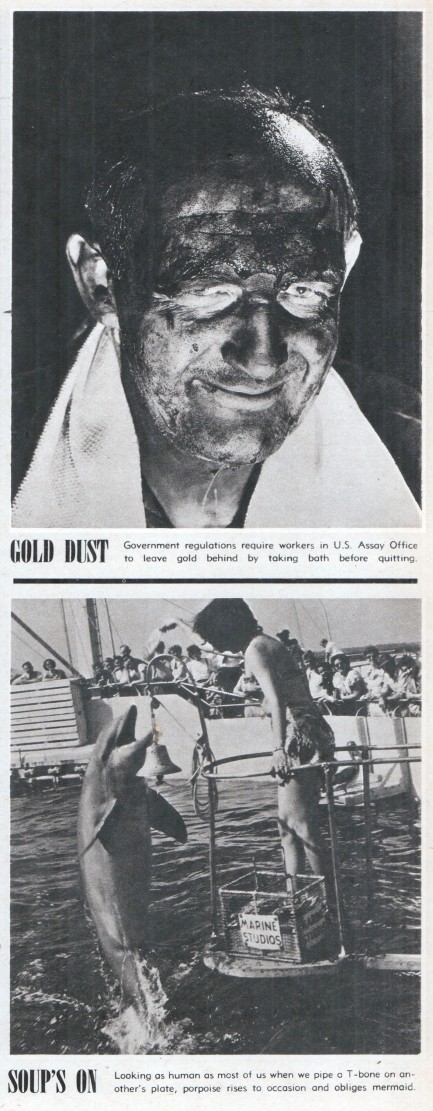
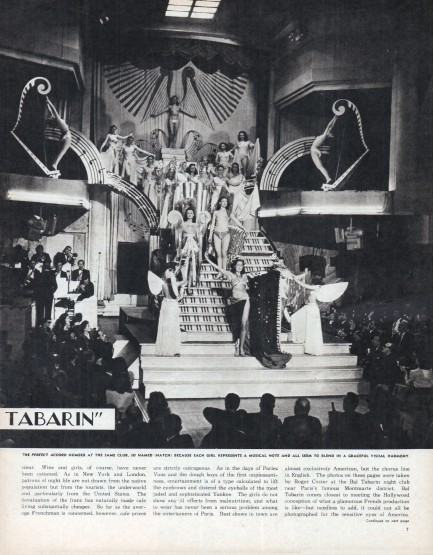
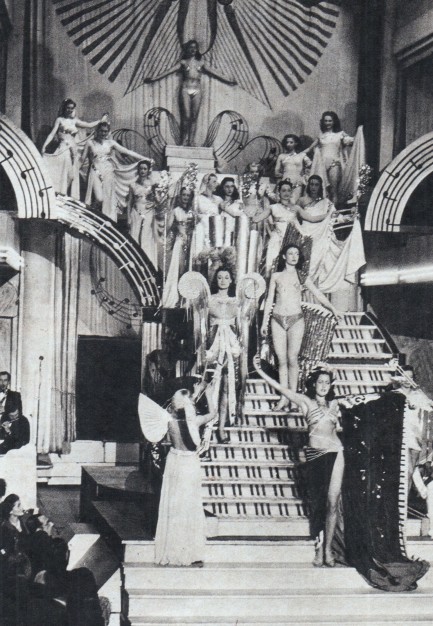
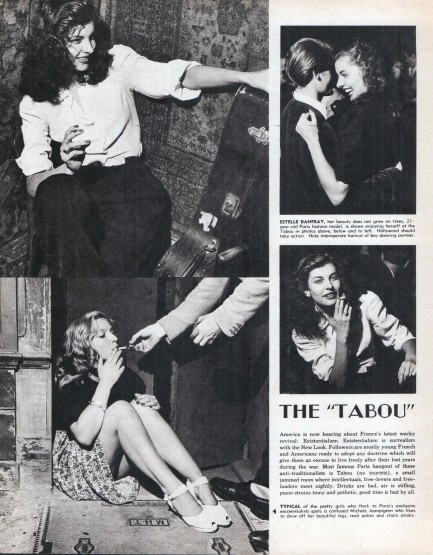

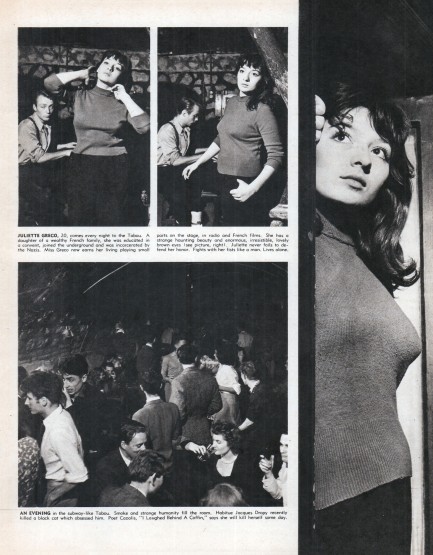
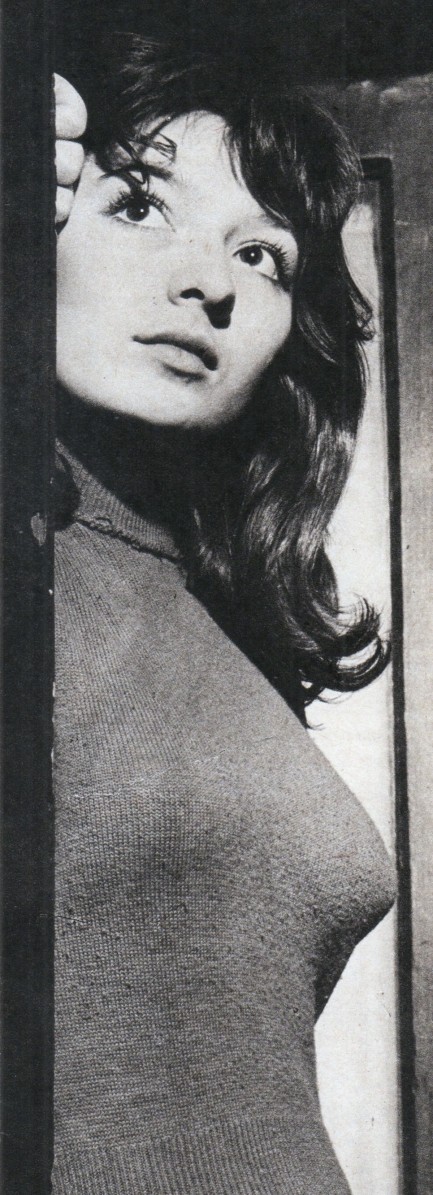
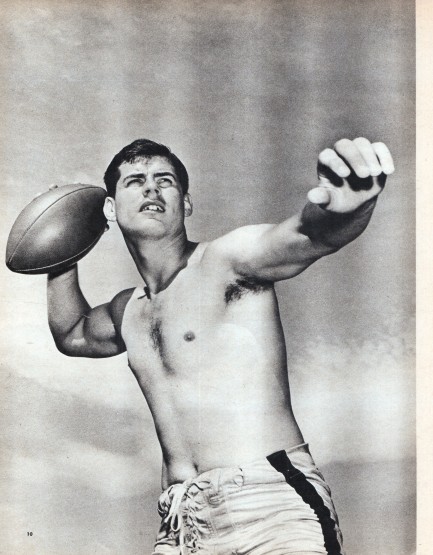
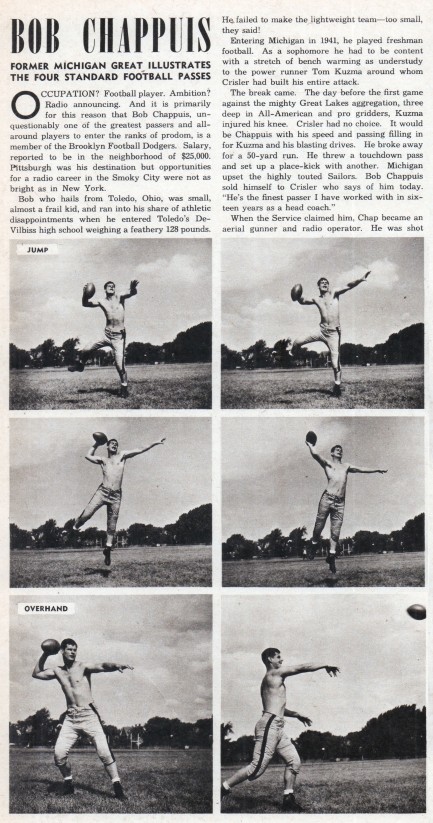
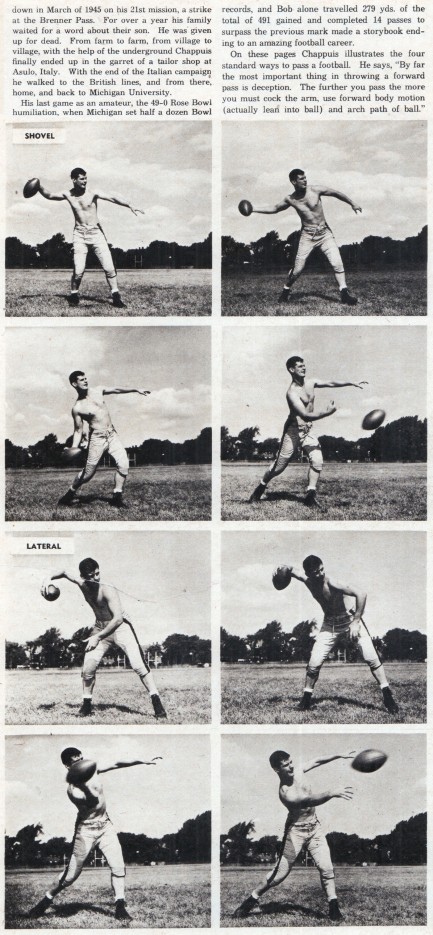
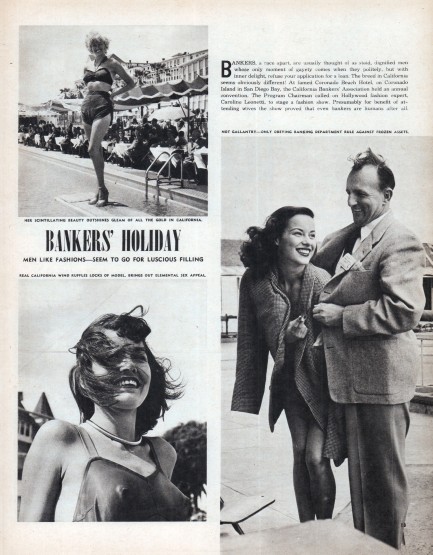
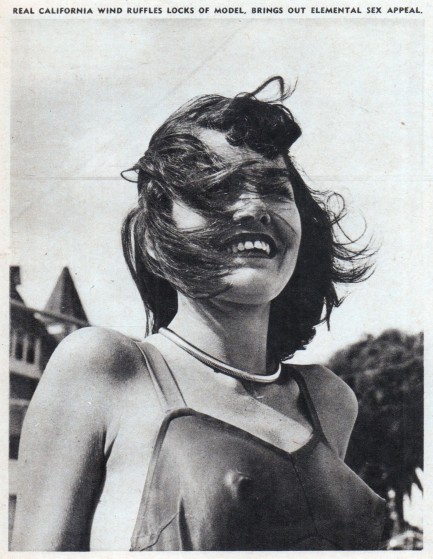
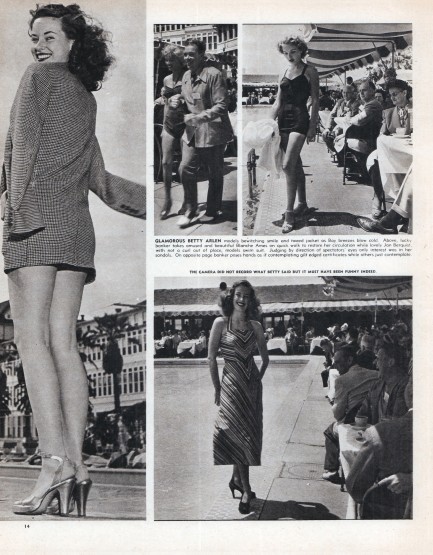
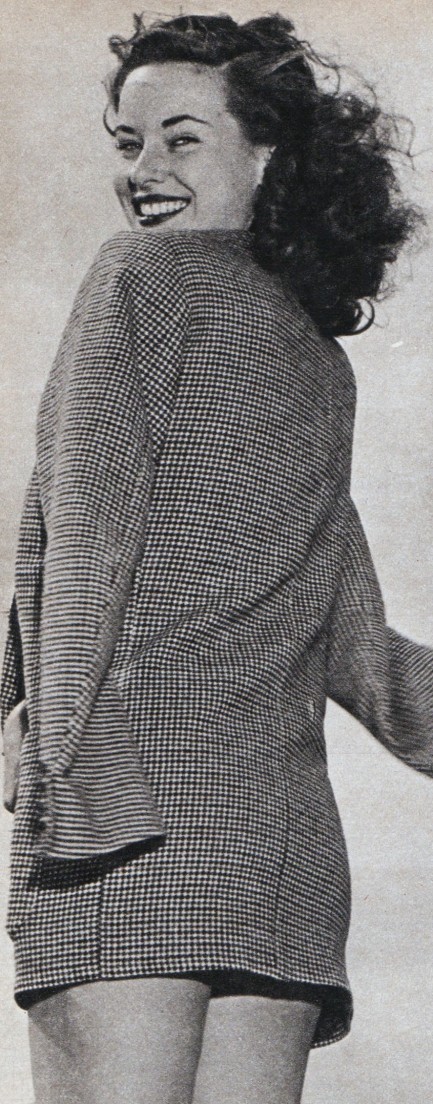
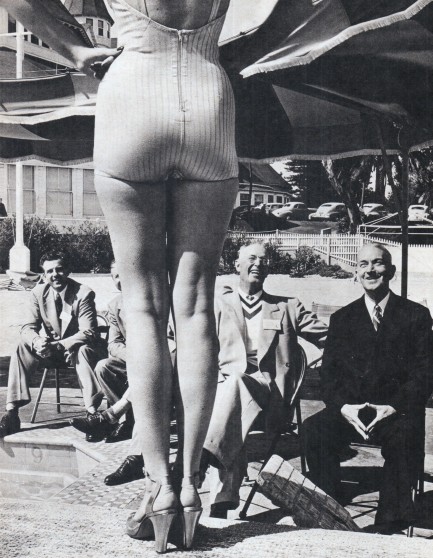
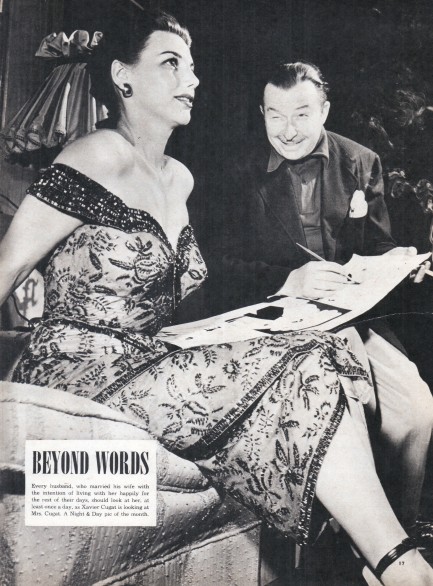
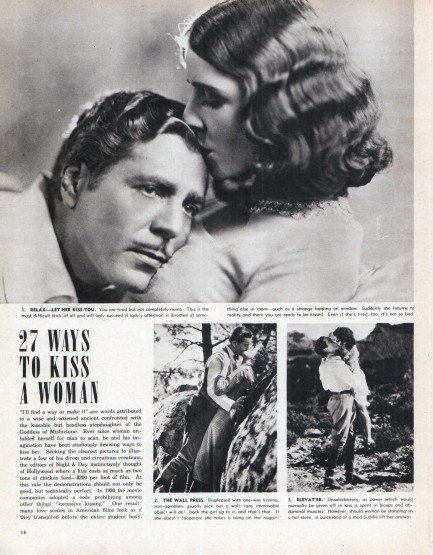
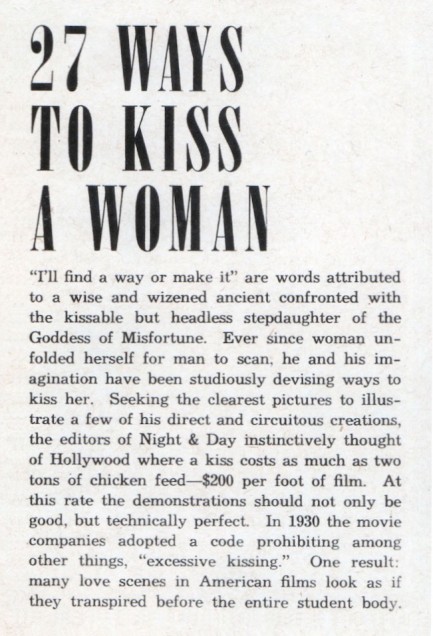
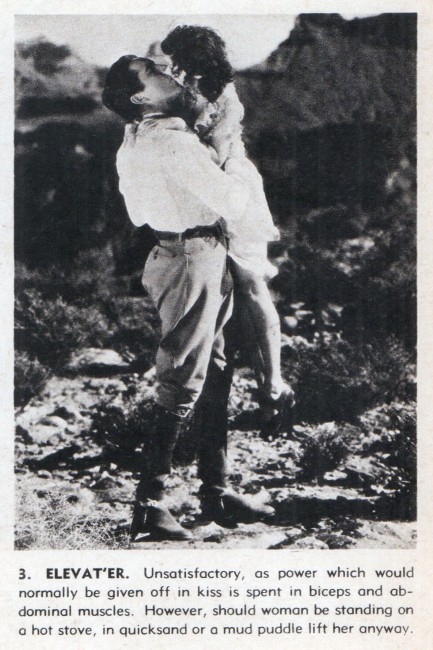
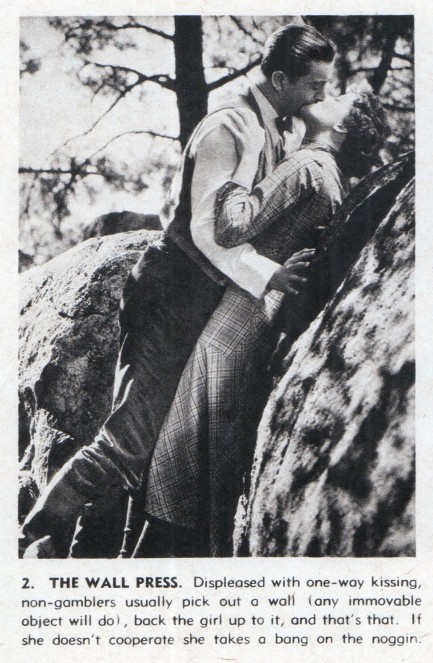
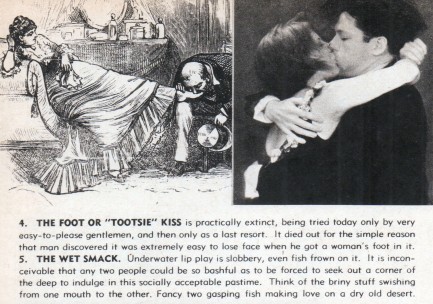
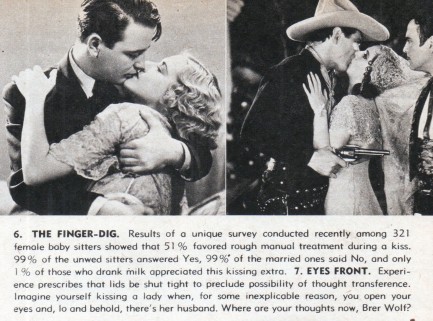
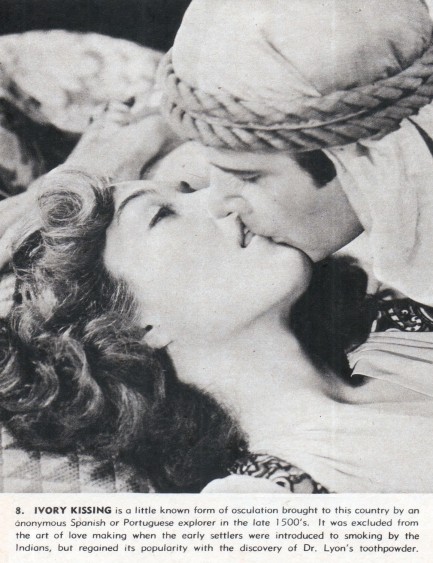
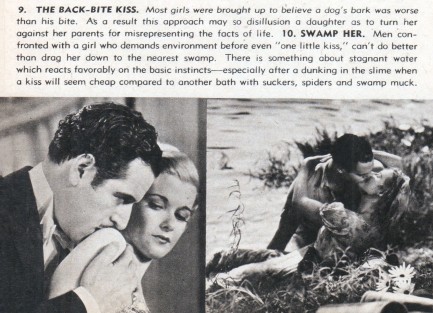
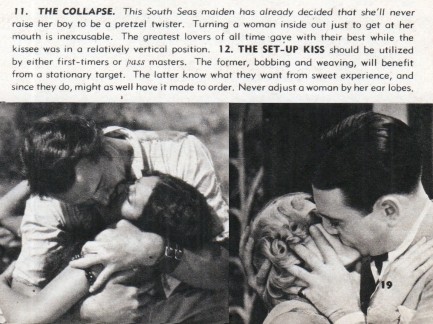
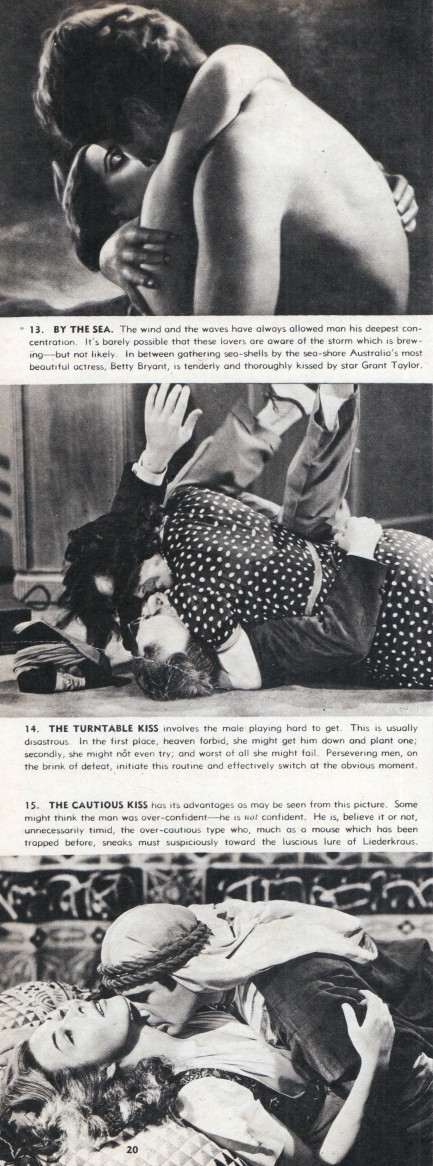
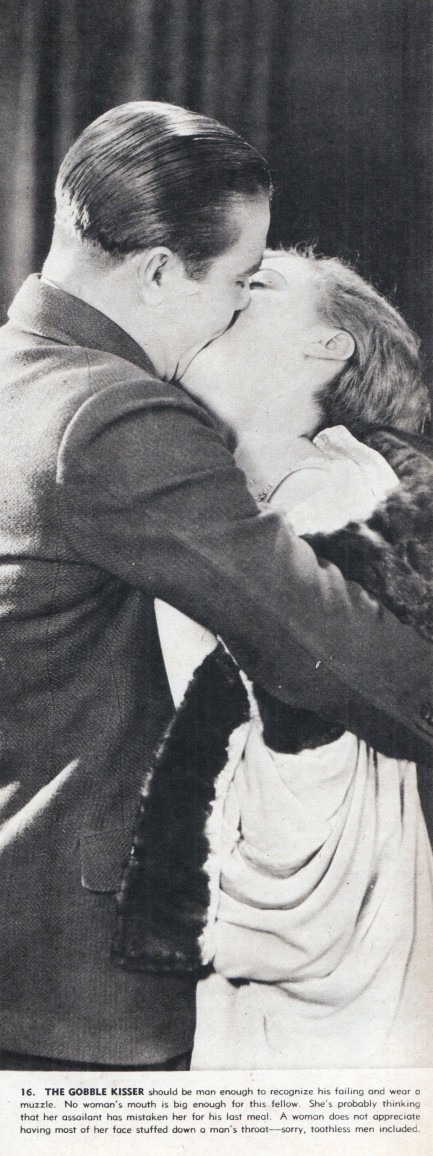
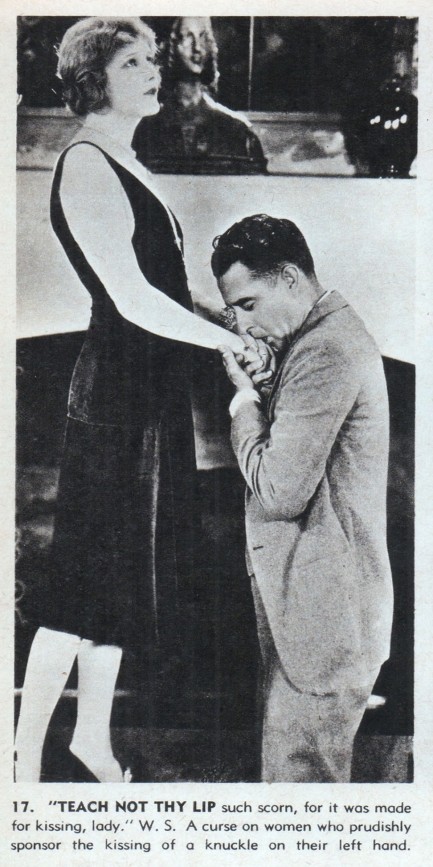
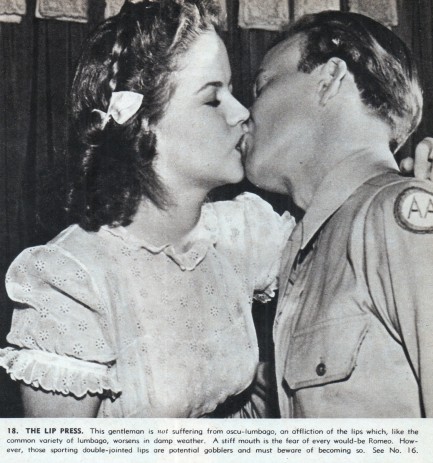
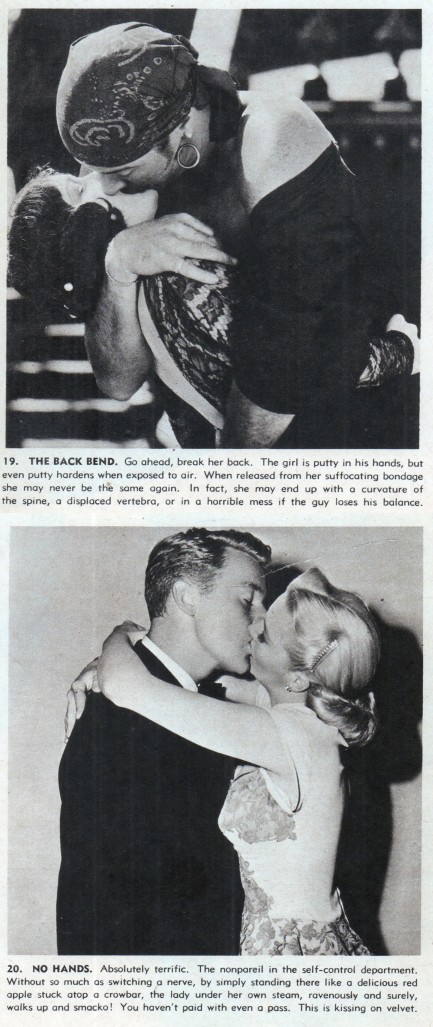


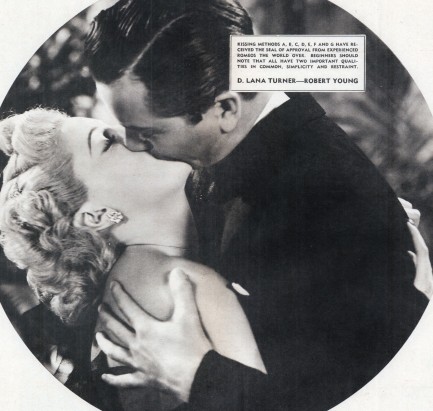

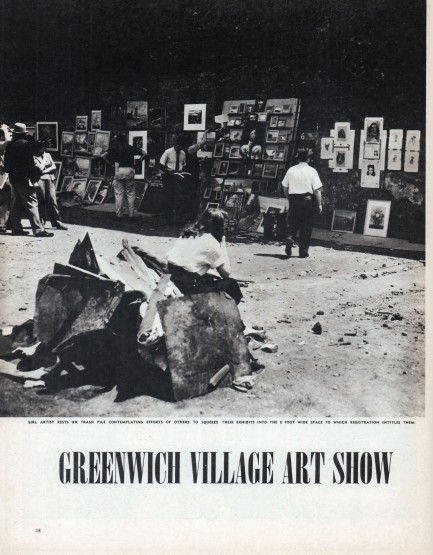
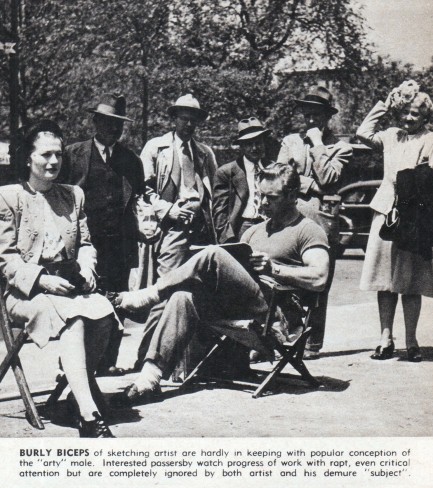
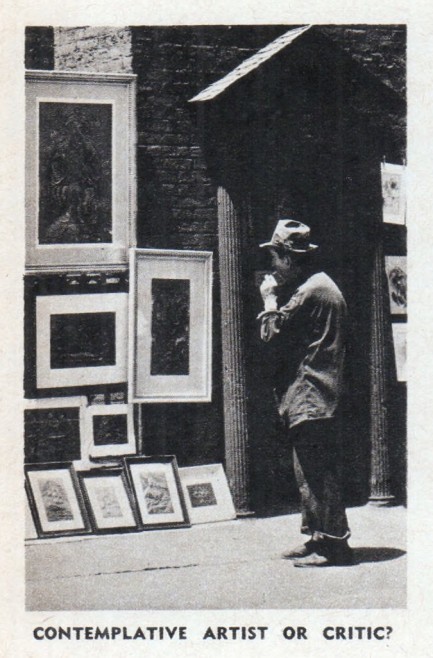
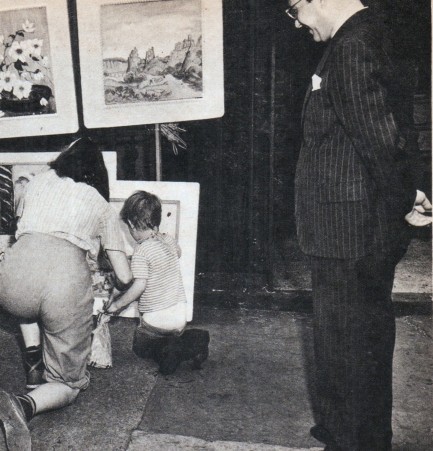
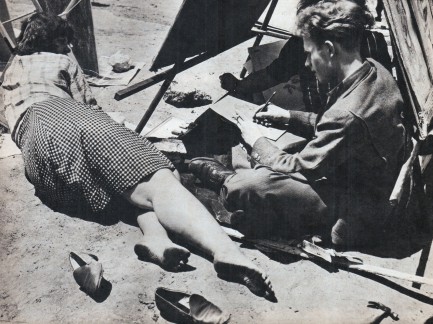
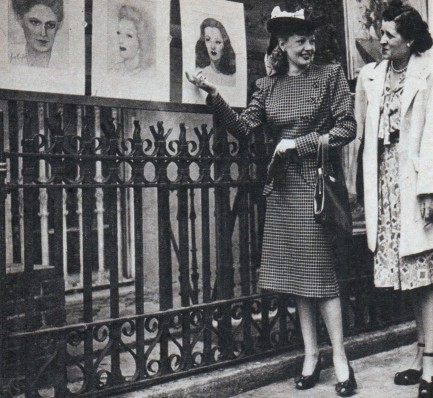
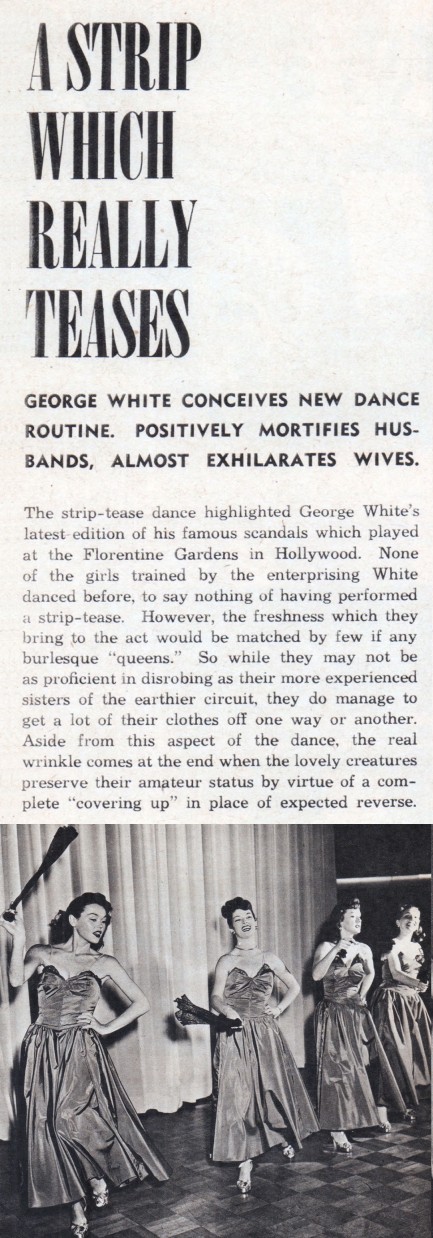
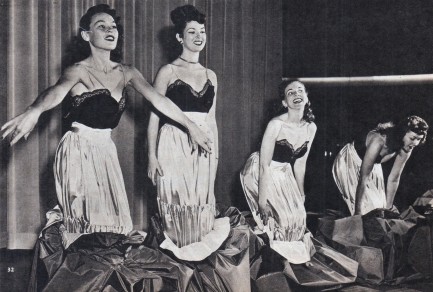
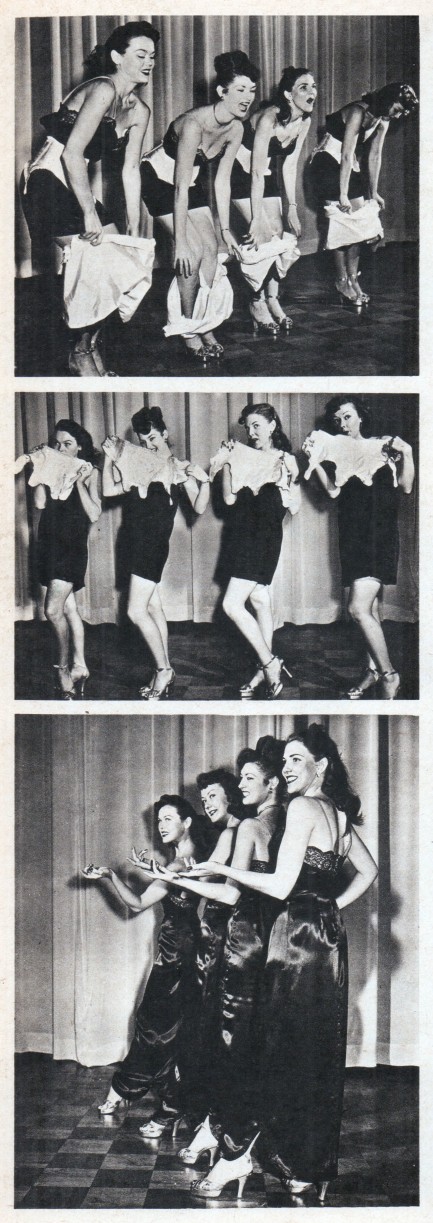
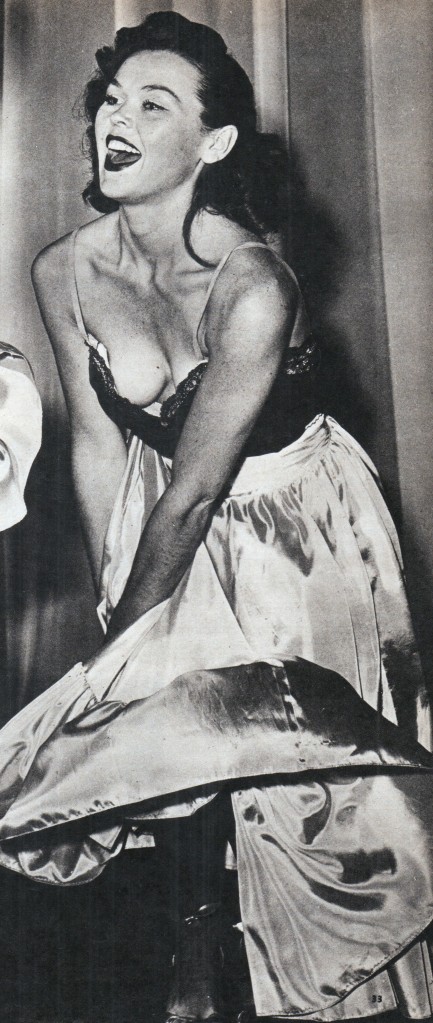
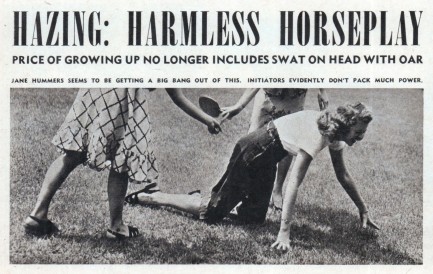
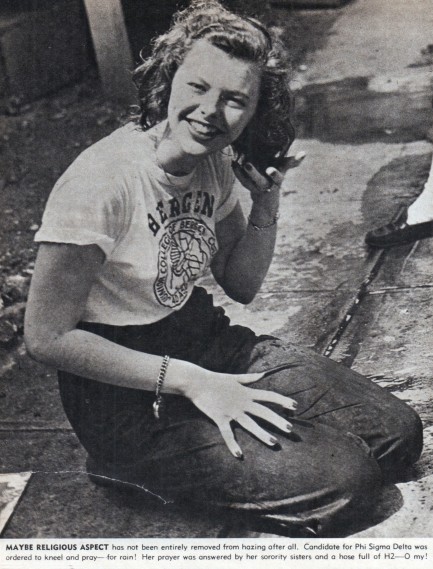
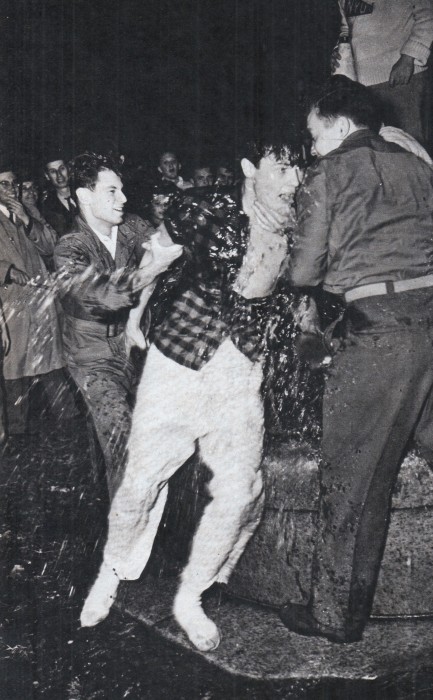


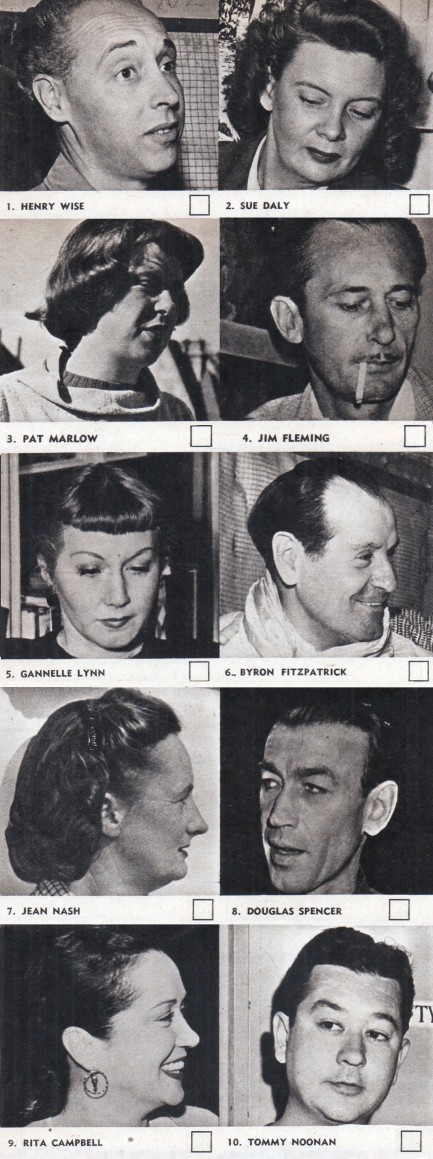
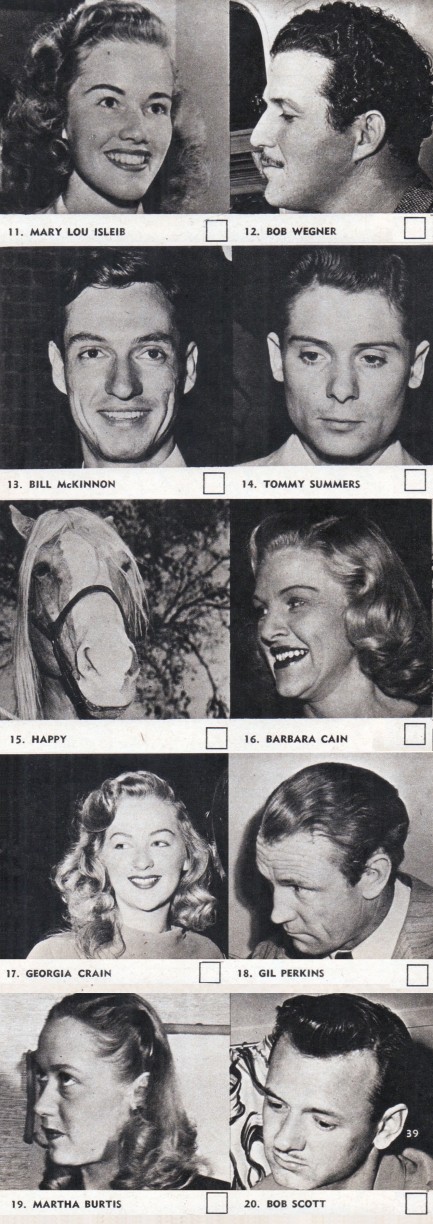

| Femmes Fatales | Aug 31 2021 |

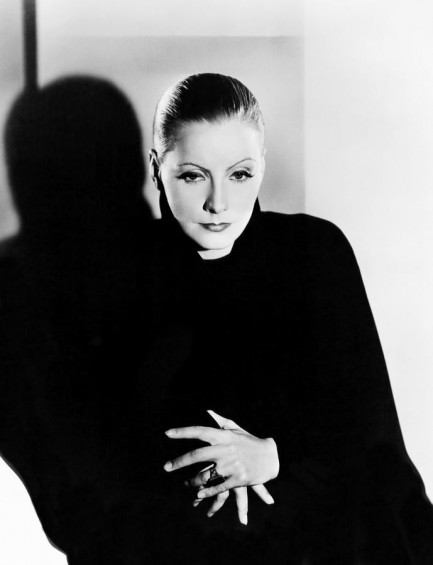
| Hollywoodland | Jun 22 2018 |

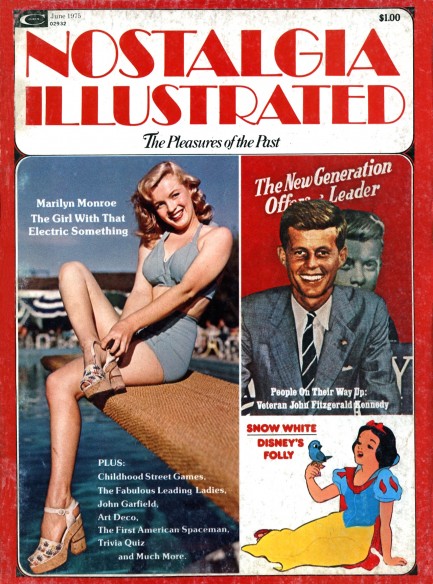
Except for the cover, its design is nothing special, but it contains a wealth of old Hollywood photos we haven't seen before, which makes it worth a share. You get John Garfield, Betty Grable, Marilyn Monroe (because what's a nostalgia magazine without her?), a youthful John F. Kennedy, and many other celebs. There's also a story on John Lewis Roventini, the “world's smallest bellhop” at four feet in height, who was famous in New York City for a time. All in thirty scans below.
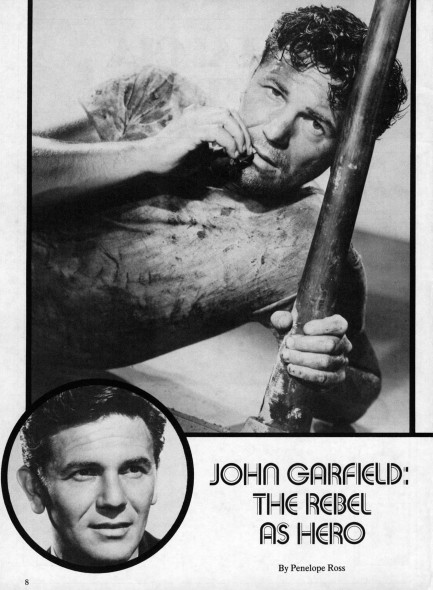
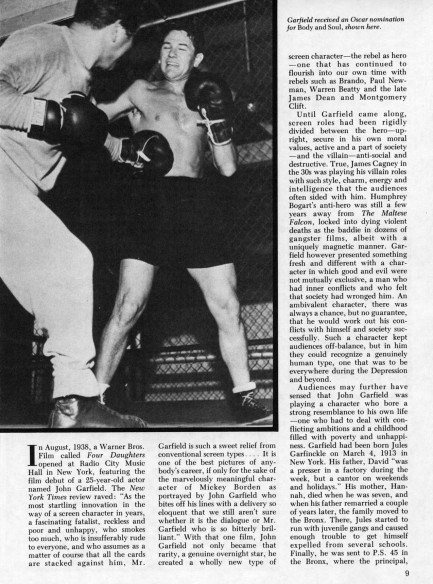
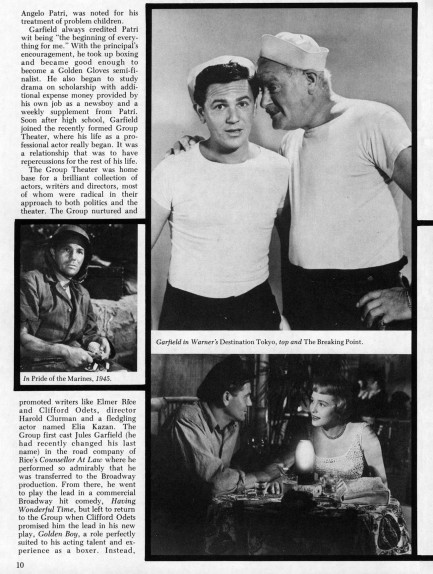
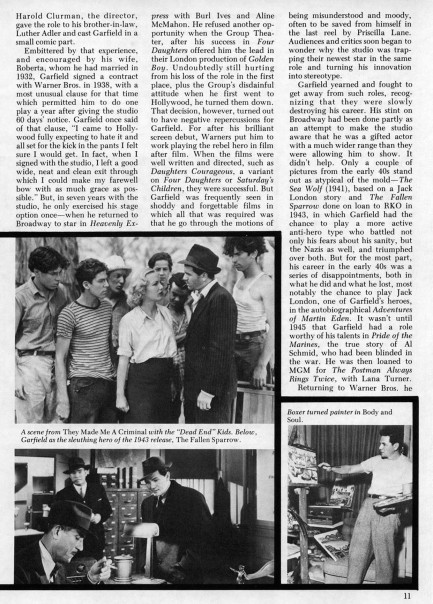
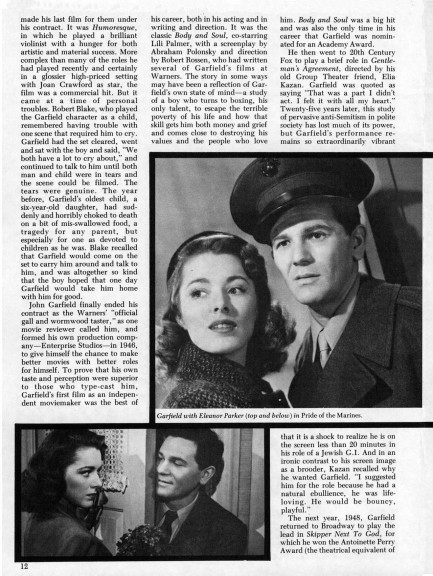
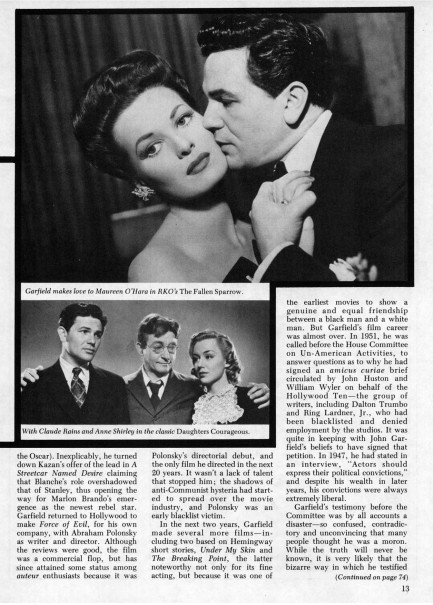
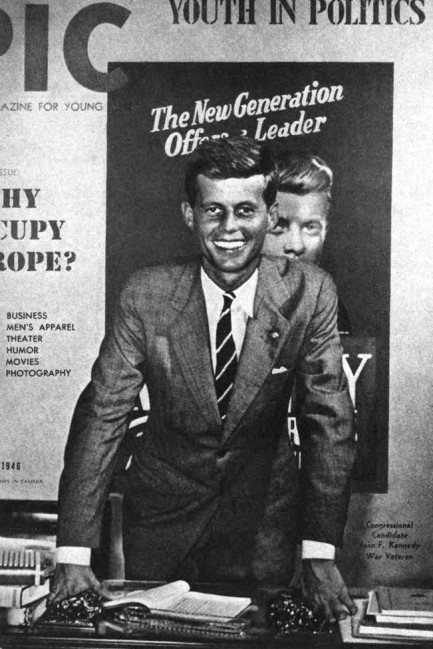
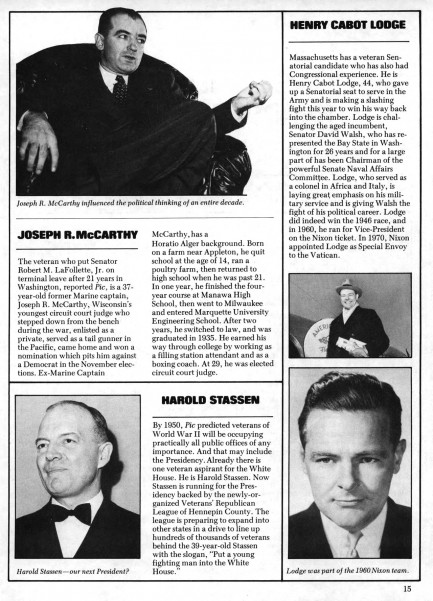
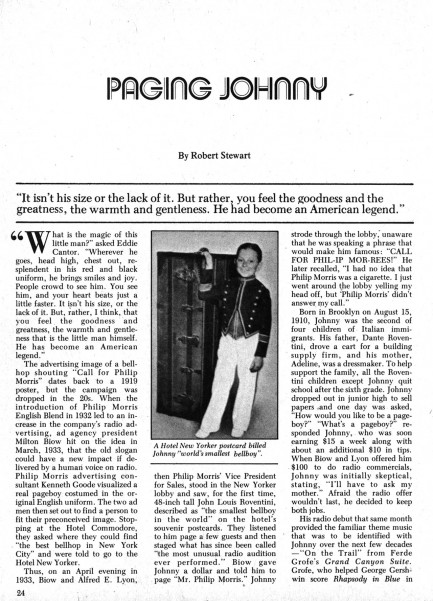
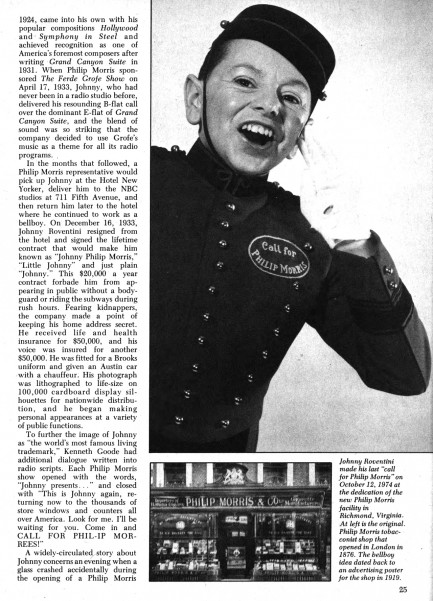
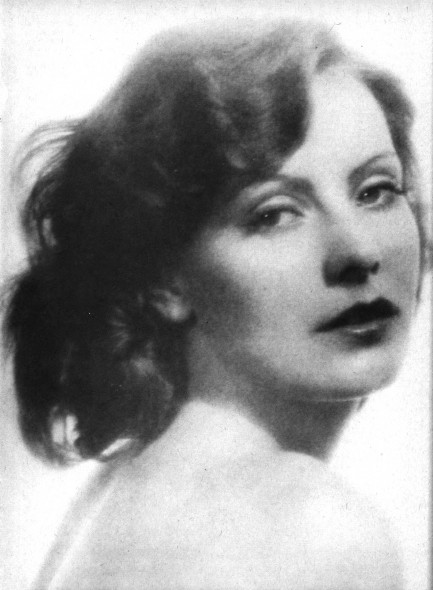
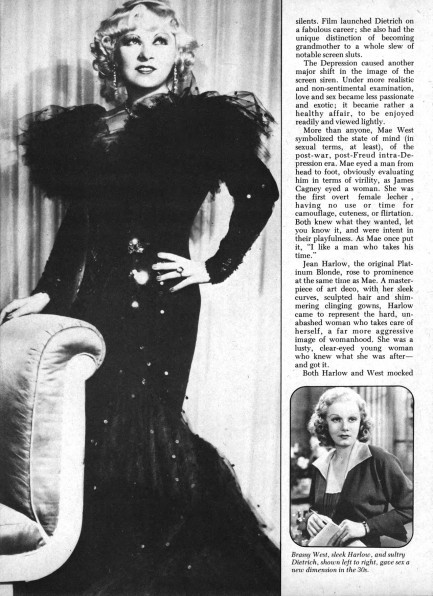
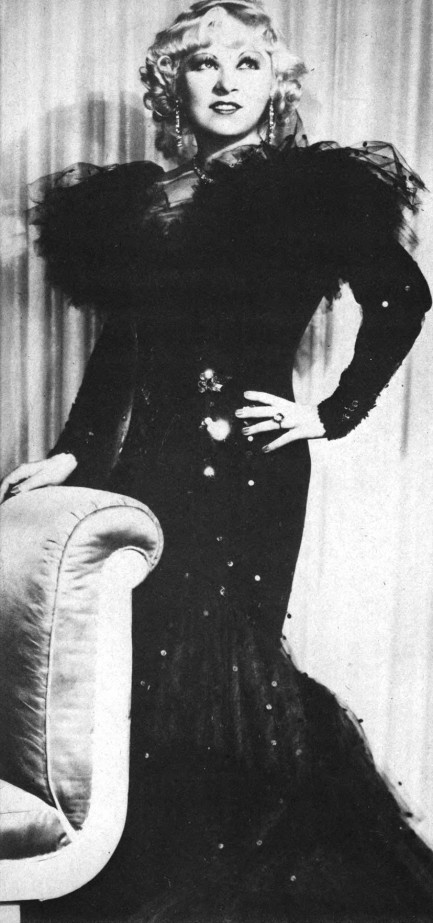
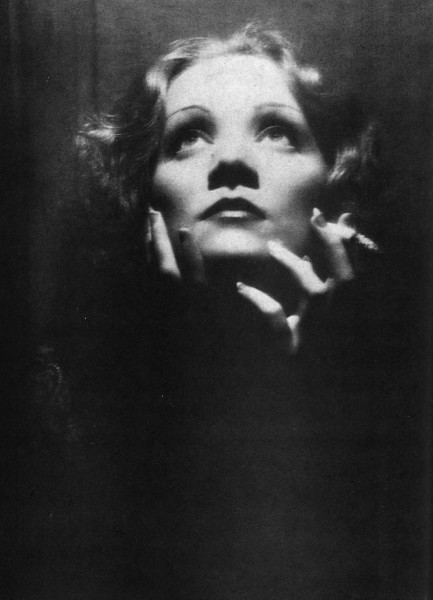
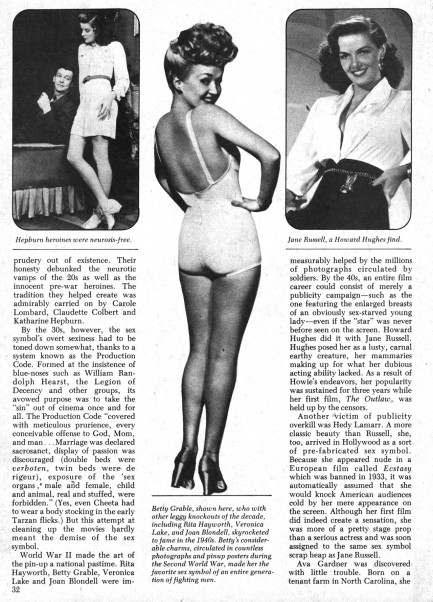
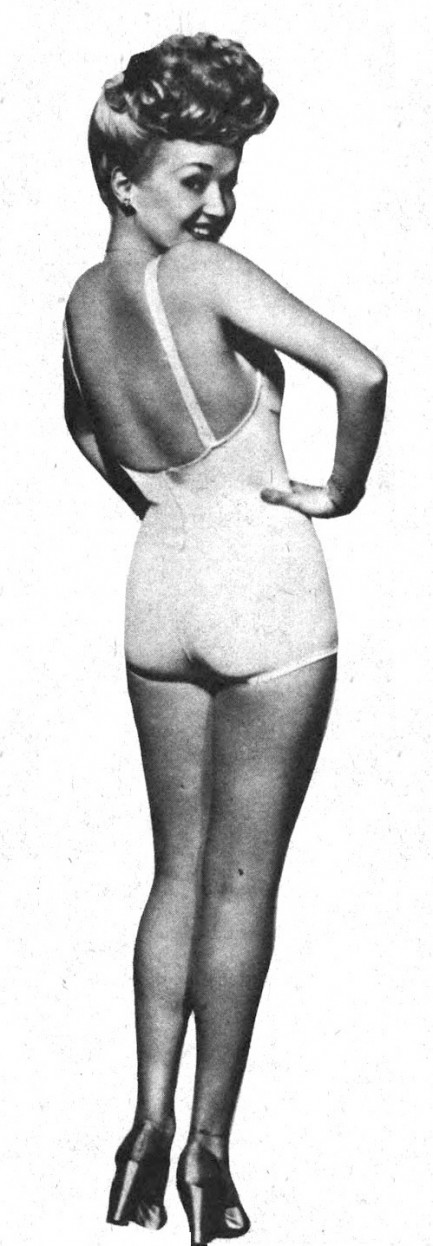
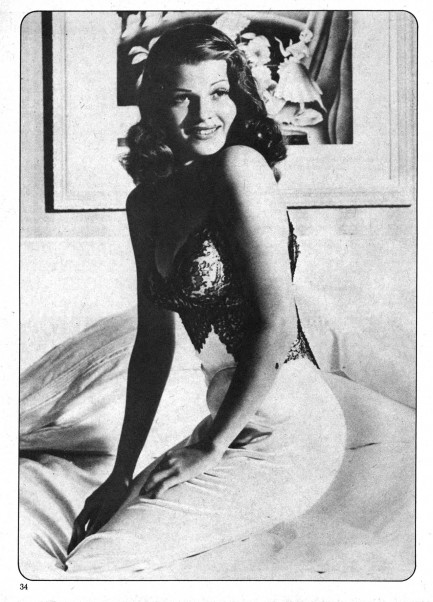
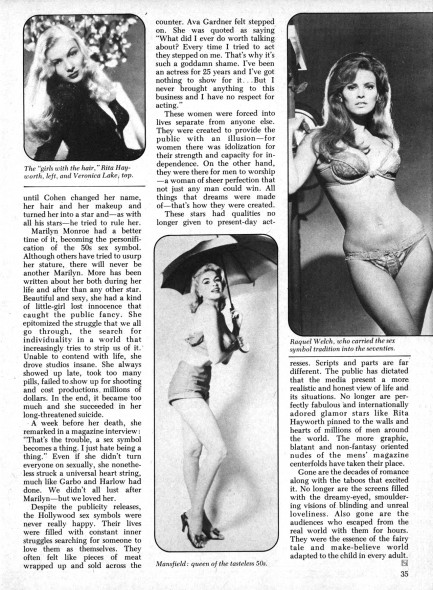
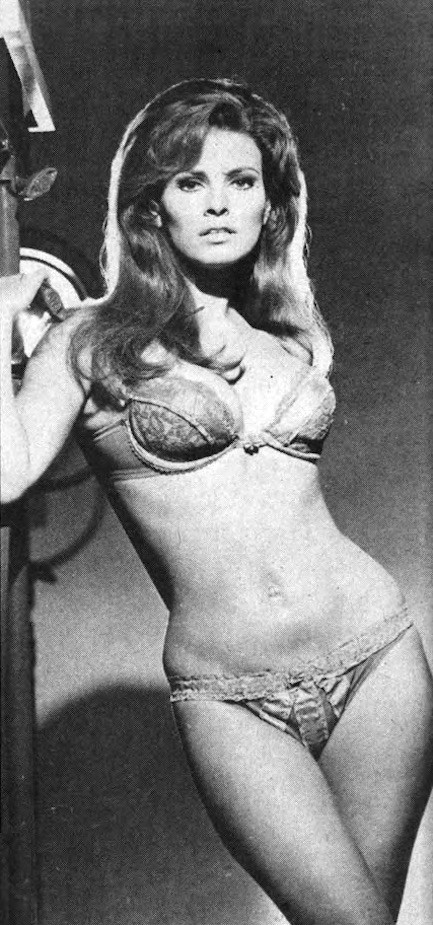
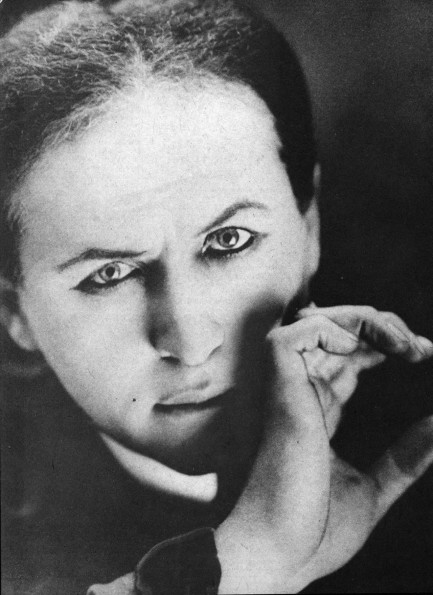
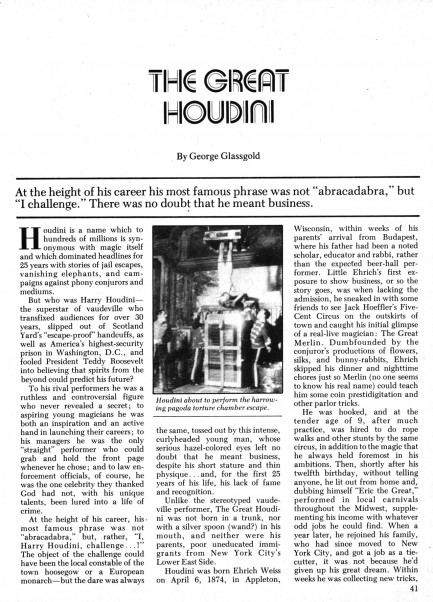
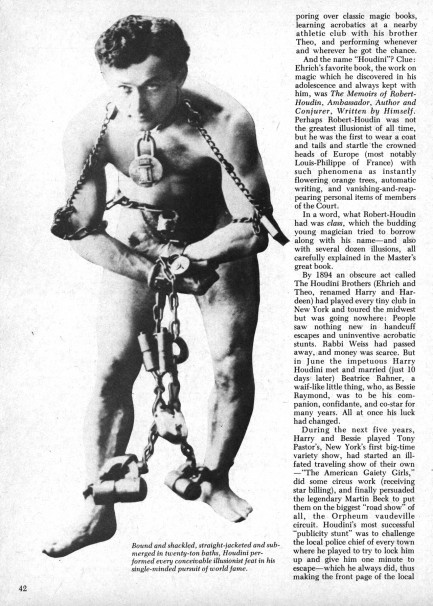
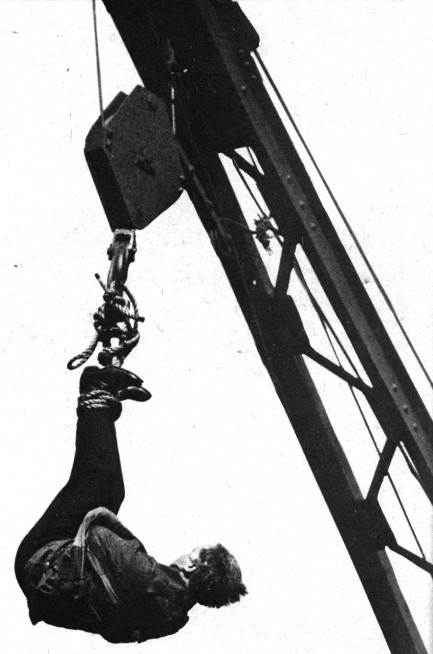
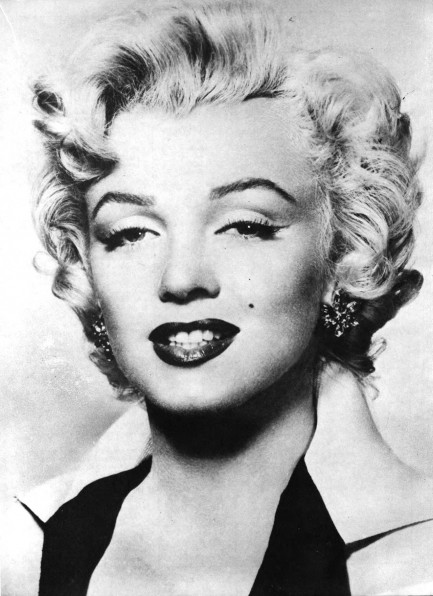
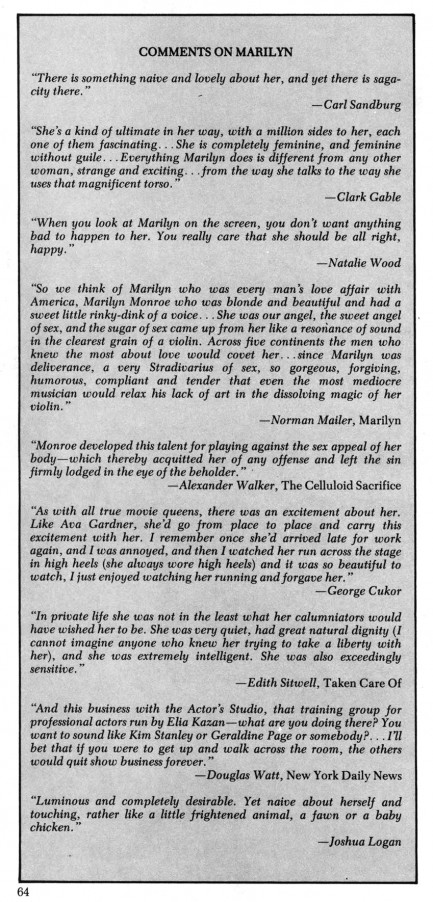
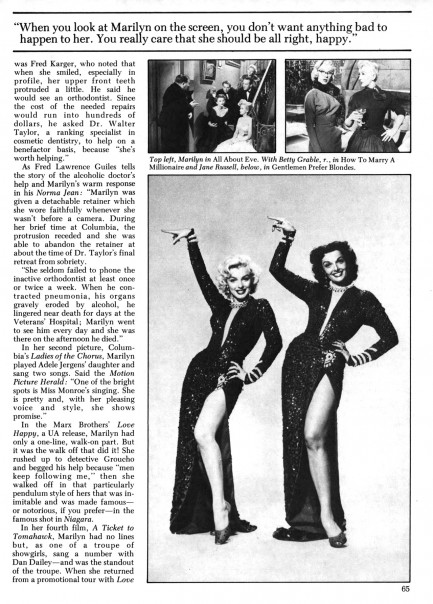
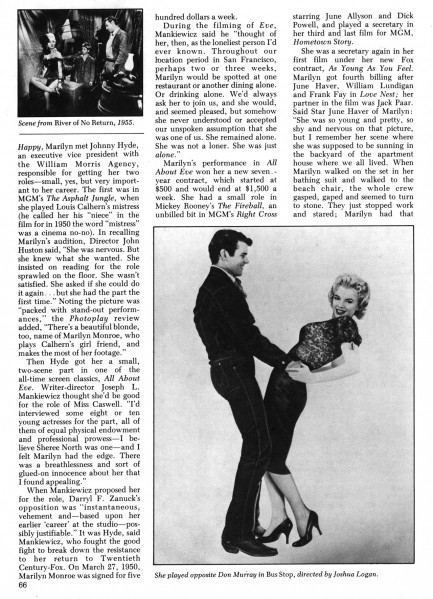
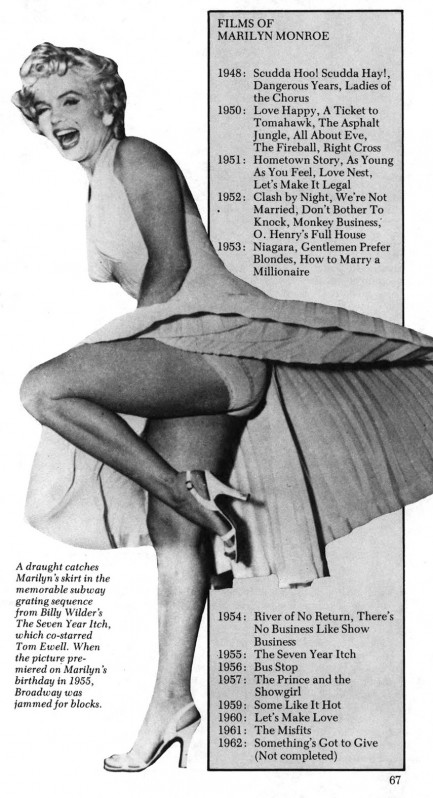

| Hollywoodland | Oct 14 2017 |

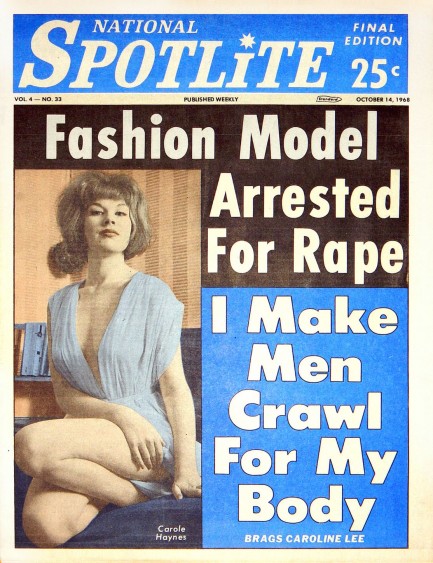
We're back to National Spotlite with a cover published today in 1968. The photo is of actress Carolyn Haynes, and a headline goes to actress Caroline Lee, who says she makes men crawl for her sexual favors. The money quote: “If women use their bodies the right way they can be the most powerful people on Earth.” A quote like that sounds suspiciously like it was fabricated by a man, and in fact while several Caroline Lees appear on IMDB, none fit the profile required to have done this interview—i.e. born sometime in the 1940s or possibly in 1950. National Spotlite is busted again. The editors simply could never have imagined a globally accessible actor database. We also did a search on Haynes and likewise learned she never existed
But some of the celebs are real. In Spotlite's “Dateline: The World” feature readers are treated to a photo of Chris Noel. It's been a long time since we've seen her—eight years to be exact. Spotlite tells us she smashed a vase over the head of a nightclub employee when he tried to force his way into her dressing room in Sydney one night. “The man attempted to romance her but she spurned every overture he made. When he tried to use violence to get his way she spilt open his skull.” We found no mention of the incident in any other source, but we like the story for how it turns out. If her assailant had known anything at all about Chris Noel he'd have rememberd her publicity tours of Vietnam and realized she was one tough celeb.
“Dateline: The World” next regales readers with a tale out of Africa. "Cary Grant arrived in Nairobi to join a hunting safari and has been escorting two six-foot dark-skinned native girls to whatever cafes in town they can get into, and has caused quite a bit of controversy by doing so. Grant traded punches with a man in one spot when the gent took offense at Cary's dates. Cary flattened the man, but the stranger rose to his feet flashing a knife and only the quick efforts of the bartender and cafe owner averted further trouble for the star. Cary and the girls fled while the others were subduing the knife wielder."
Paris: "Juliette Prowse was detained the other night after she threw a make-up case through the window of a drug store. She had purchased some cosmetics at the American Drug on the Champs-Élysées, but brought the order back the same night. She claimed that she'd made a mistake and didn't need the cosmetics. The salesman explained that he would exchange the merchandise or give Prowse credit, but no cash refund. Juliette roared out of the place. Outside she hurled her make-up case through the store's front window. Two policemen saw her smash the window and nabbed her on the spot."
Beirut: "David Niven and wife Hjordis ran into an embarrassing situation in a night spot while making the cafe rounds in this Lebanese city. A belly dancer took such a fancy 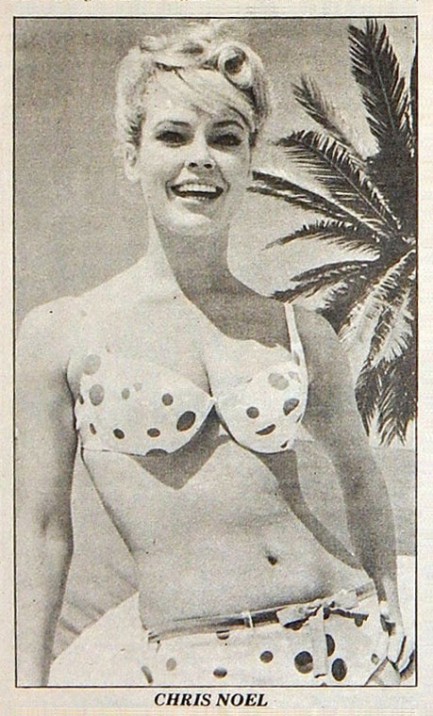 to David that she did her act for him alone. She even sat on his lap. The patrons objected to her performing for just one man and began to throw things at her and at Niven. David and Hjordis ran for the exits after he pushed the girl off his lap."
to David that she did her act for him alone. She even sat on his lap. The patrons objected to her performing for just one man and began to throw things at her and at Niven. David and Hjordis ran for the exits after he pushed the girl off his lap."
Capri: "Noel Coward is nursing bruises on his face. He says he was attacked by two young men while he was out strolling one night. The muggers made off with a pair of cuff links given to him by Raquel Welch and a watch from Greta Garbo. Coward was found half-conscious and bleeding."
You get the gist—celebs in trouble. Back during the heyday of tabloids Confidential had bellhops, bartenders, chauffeurs, maîtres d'hôtel, and cops by the hundreds phoning in hot tips, but Spotlite was never more than a second tier rag and could not have had the resources to uncover the above stories. Therefore the editors either made them up or lifted them from other tabloids. We suspect the latter—with the stories ginned up for entertainment value. Cary Grant in Nairobi with two Kenyan escorts? We'll buy it. Grant risking his million dollar mug in a fistfight? Improbable. But the stories sure are fun. See more from National Spotlite by clicking here.
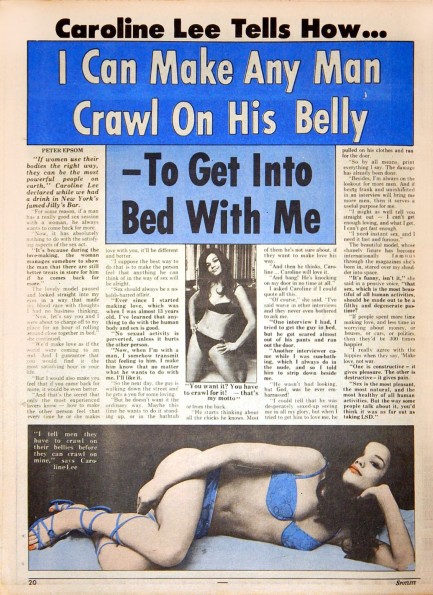
| Hollywoodland | Mar 13 2015 |

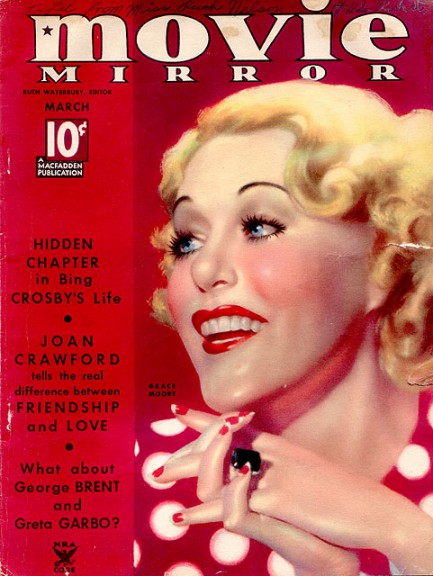
This issue of the American film magazine Movie Mirror was published today in 1935 with Grace Moore on the cover, who was promoting her role in the film Love Me Forever, and later died in a plane crash with Prince Gustaf Adolf of Sweden. You may also notice the unusual sight of editor Ruth Waterbury giving herself standalone credit at upper left. We’ve never seen that before. Waterbury isn’t well remembered today, but she was a player in her time, one of America’s famous journalistic figures, and a staple in tabloids and gossip columns.
Movie Mirror billed itself as “Filmland’s most beautiful magazine,” and indeed its painted covers by the likes of John Ralston Clarke were among the most striking to be found on newsstands. In the late 1930s the magazine began moving away from painted covers to photo-illustrated fronts designed to evoke the same mood. In 1941 it merged with Photoplay and ceased to exist as a distinct publication. Below you see nine more covers, all from the 1930s, with Irene Dunne, Bette Davis, Claudette Colbert, Snow White, and others.
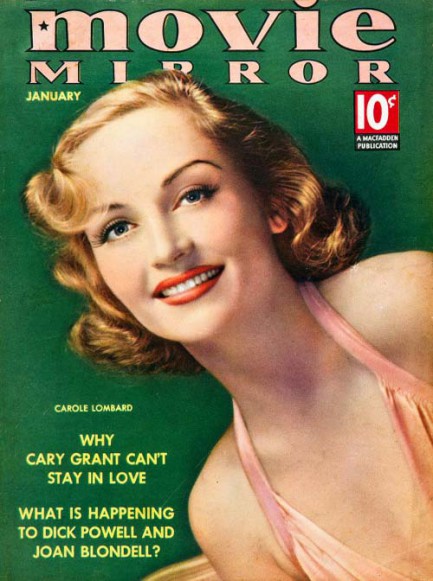
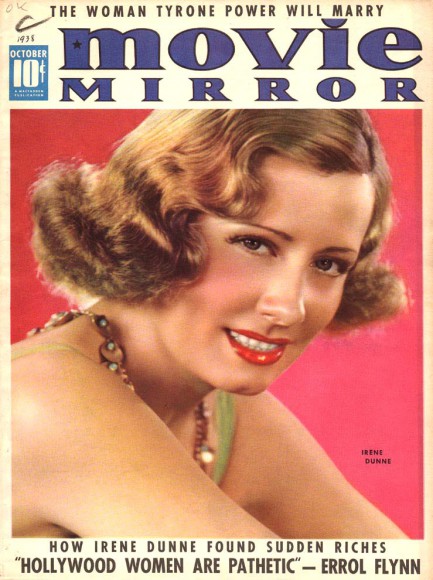
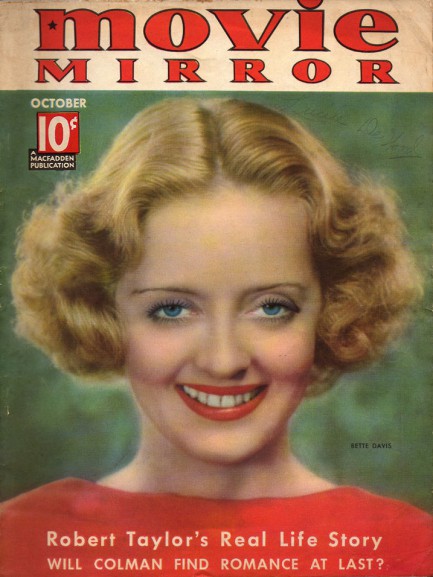
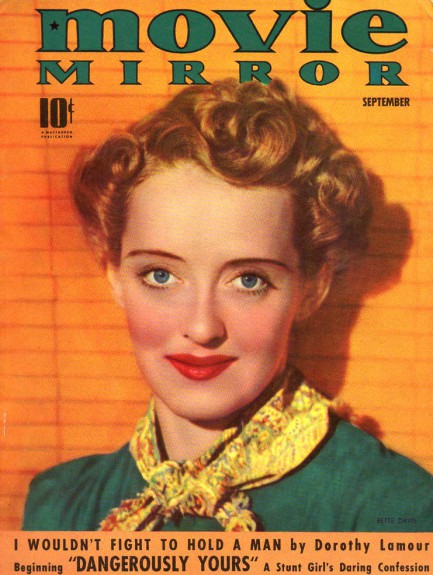
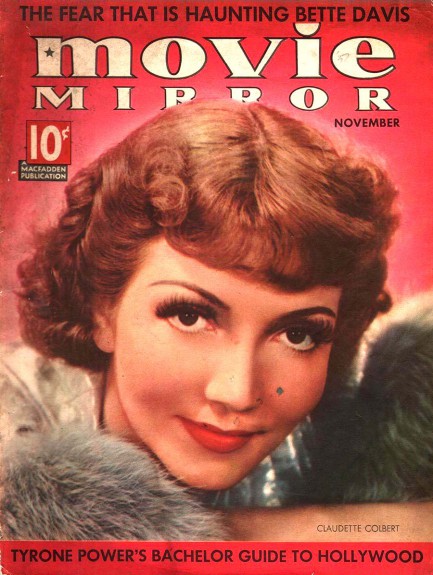
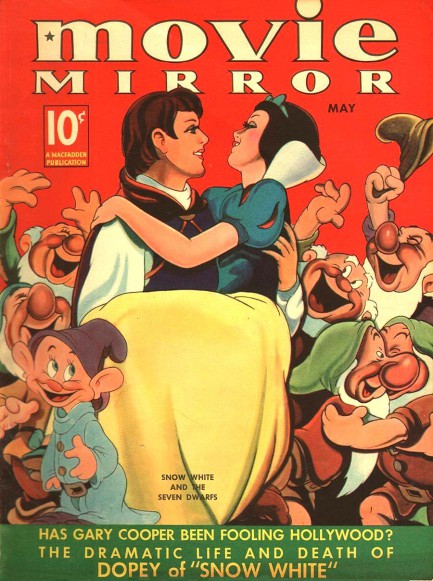
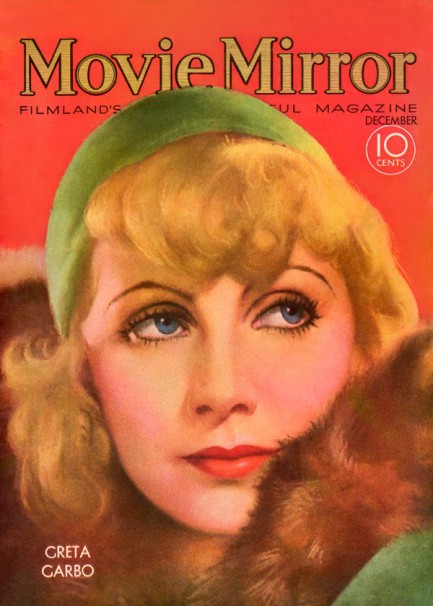
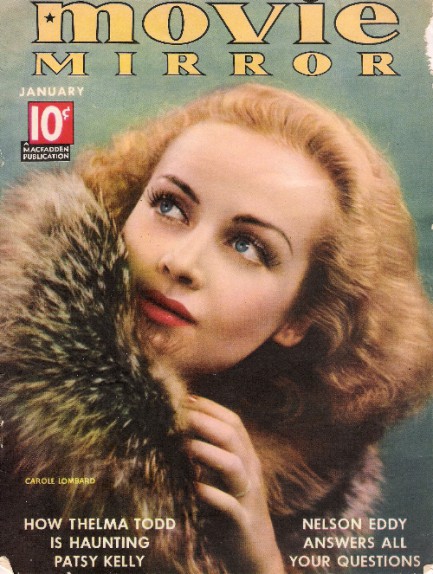
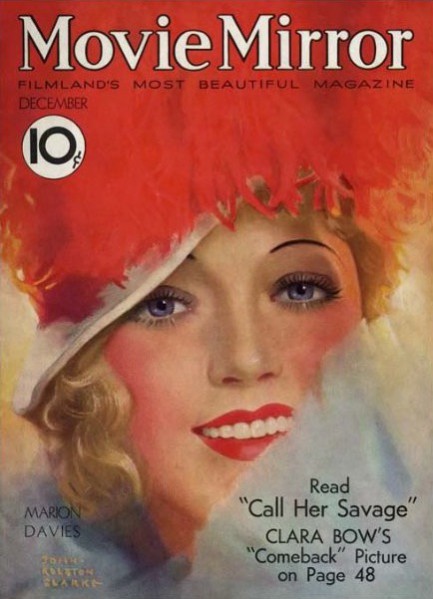
| Vintage Pulp | Dec 14 2013 |

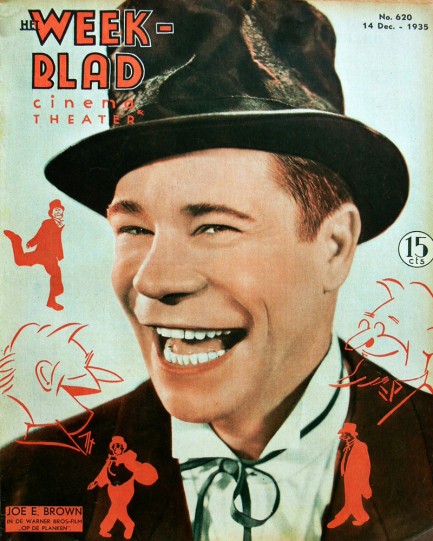
The gent with the enormous smile here is Joe E. Brown, one of America’s most famous comedian-actors during the 1930s and 1940s, seen on the cover of Het Weekblad (The Weekly), which was a popular celeb-cinema magazine published in the Netherlands for many years. This issue, which is numbered 620, hit newsstands today in 1935. Inside are interesting photos of Shirley Temple, Winifred Shaw, Ruby Keeler, a very nice ink drawing of Joan Crawford by Arturo Sanchez, and more. Scans below.
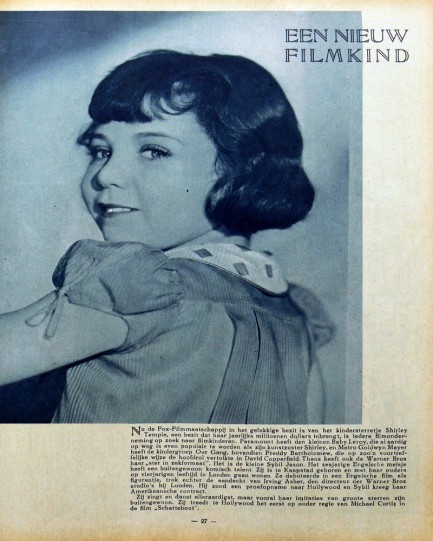
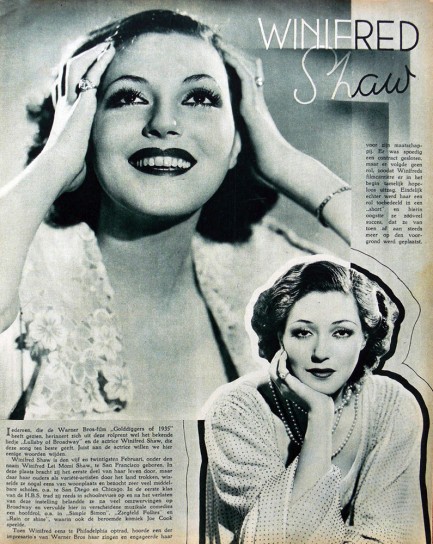
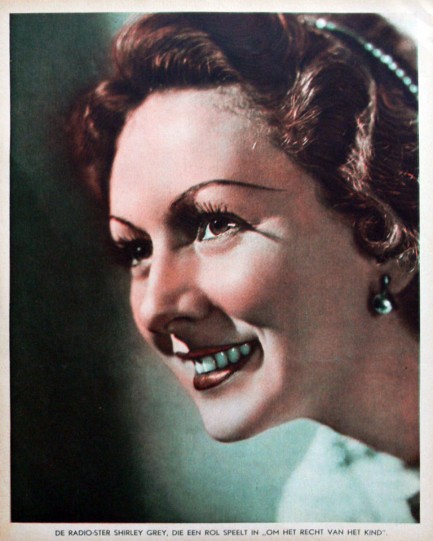
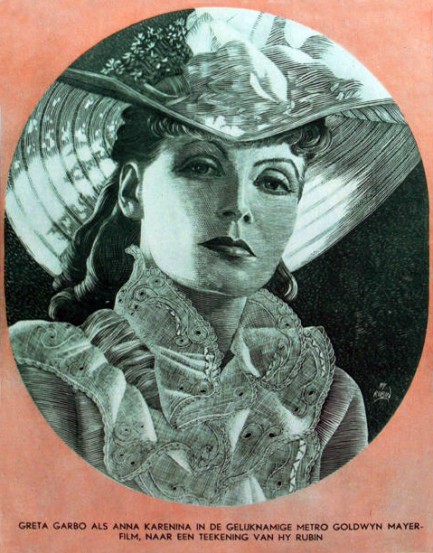
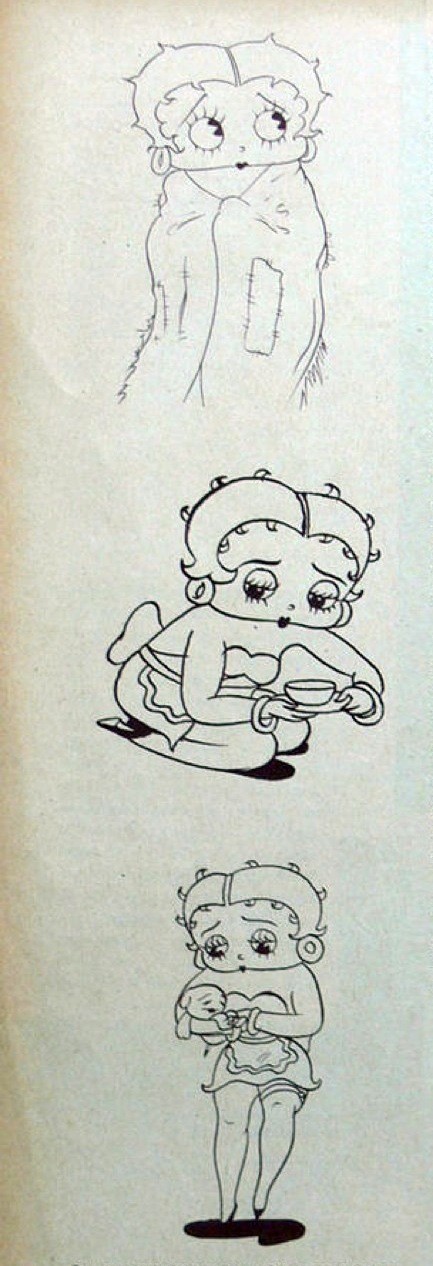
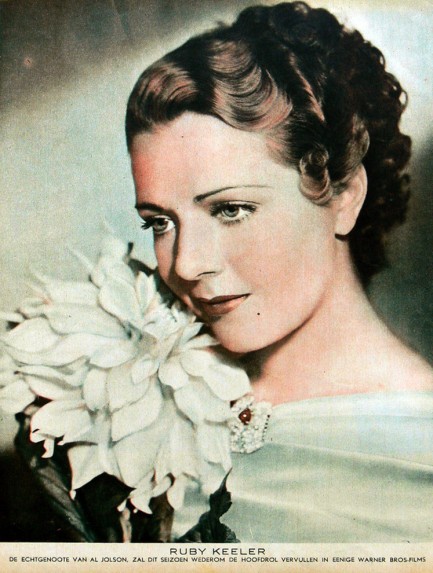
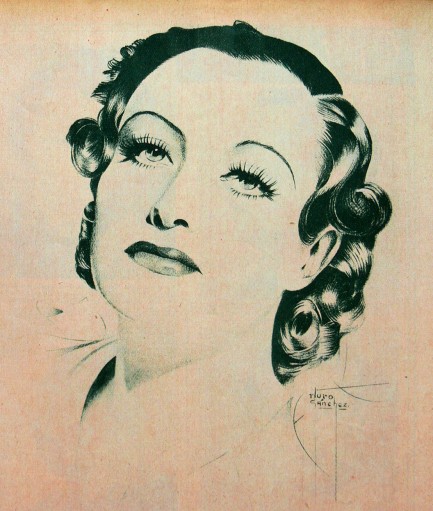
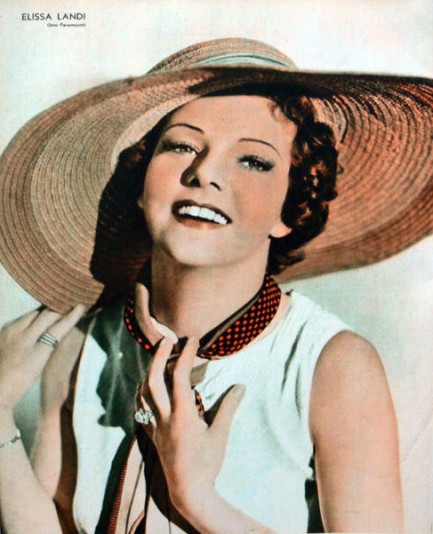
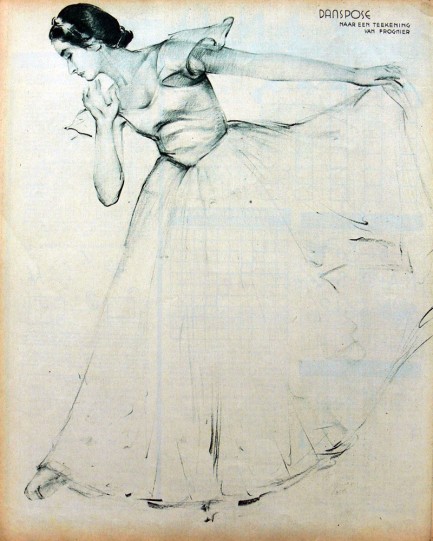
| Vintage Pulp | Jul 13 2013 |

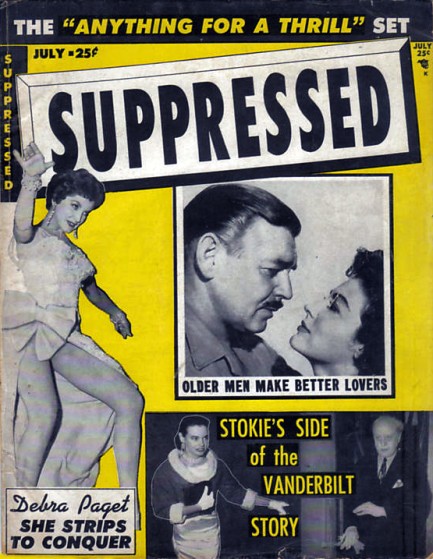
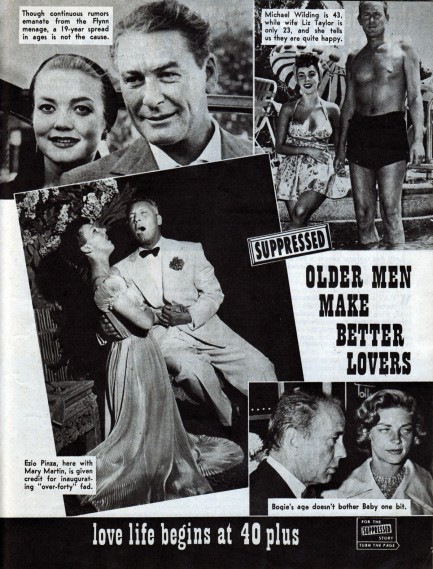
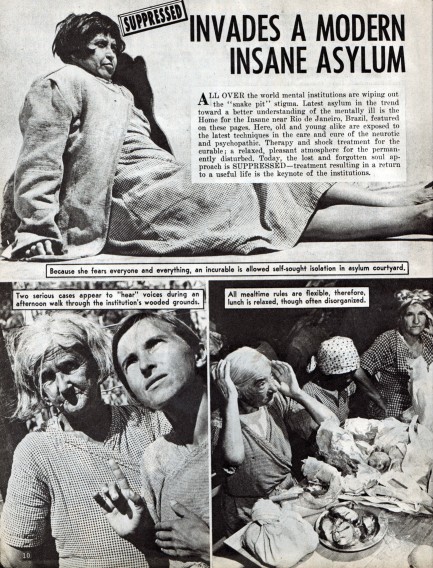
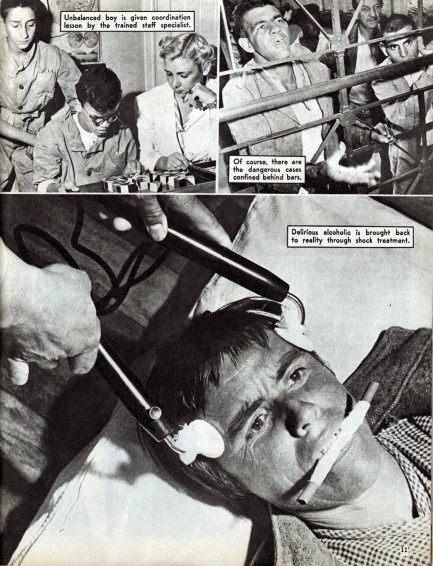
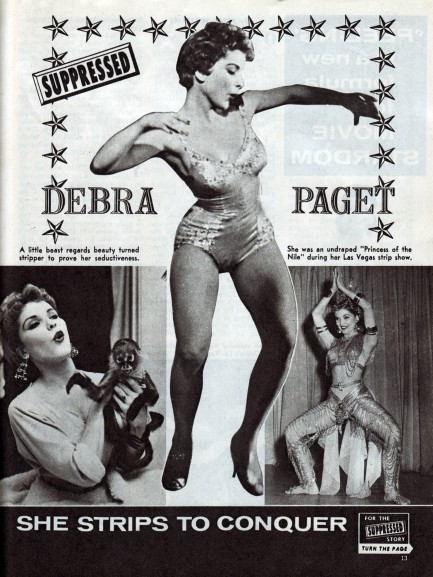
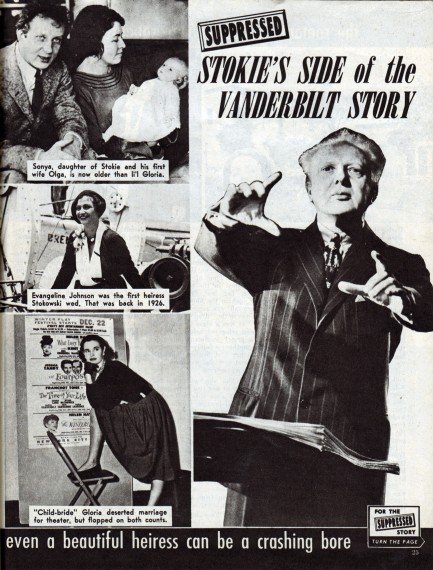
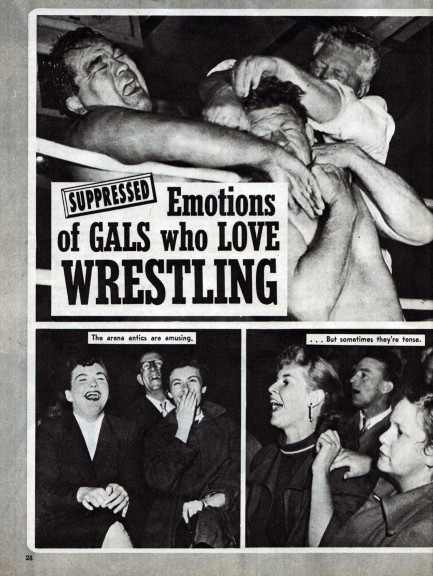
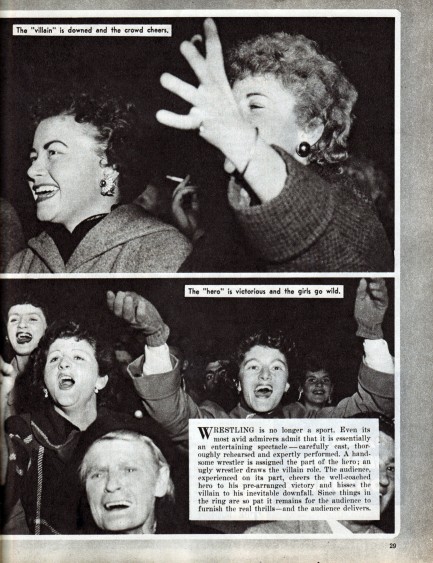
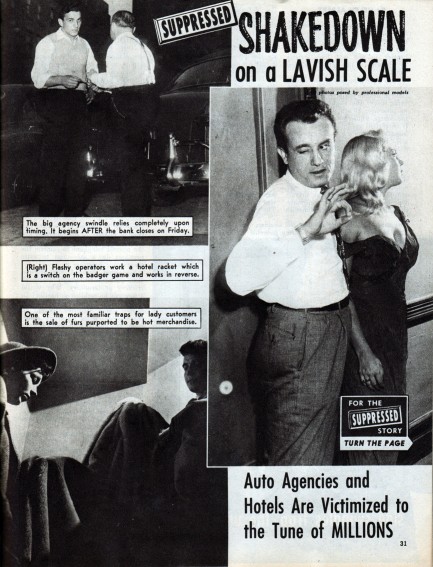
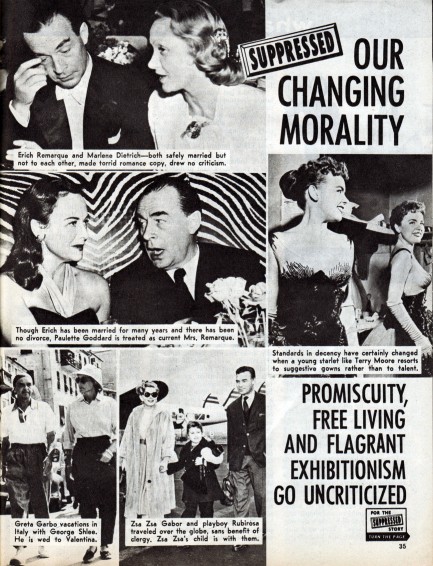
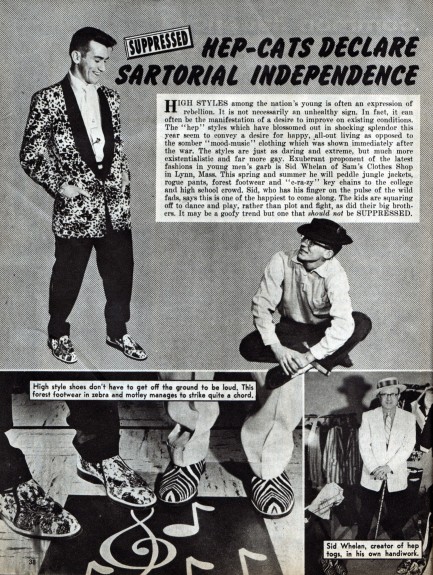
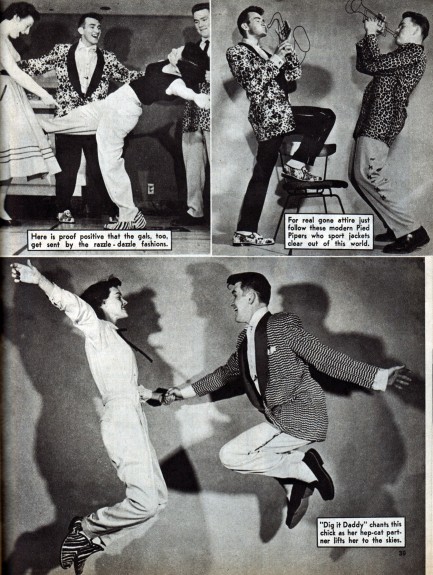
| Hollywoodland | Feb 27 2013 |

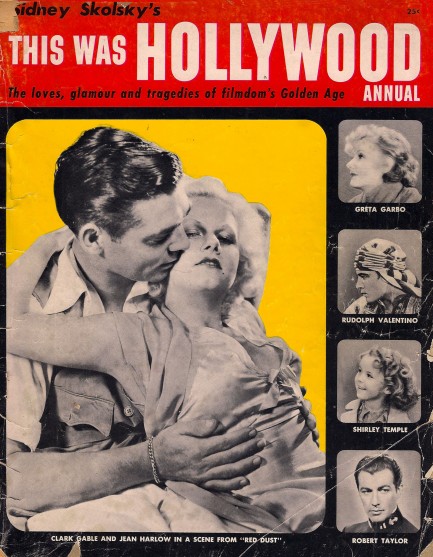
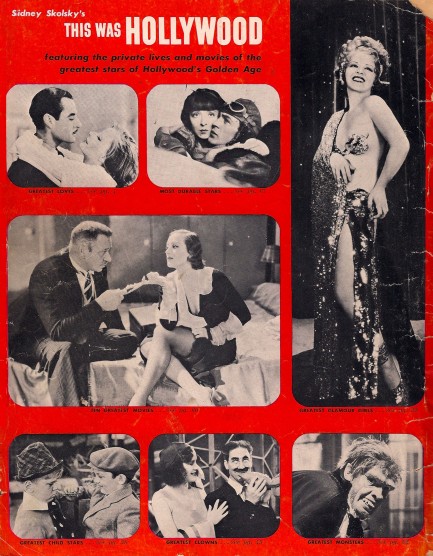
Yet another piece of the treasure trove we picked up in Denver last year, This Was Hollywood is a compendium of anecdotes and photos from the supposed Golden Age of Hollywood. We say “supposed” because the magazine was printed in 1954, and at that time the 1920s and 1930s were the Golden Age. Today of course, the Golden Age is considered to run from the 1920s all the way to the early 1960s, and we can only assume that eventually the ’70s and ’80s will be considered part of the Golden Age, and we’ll all be sitting around saying how they don’t make movies like C.H.U.D. anymore.
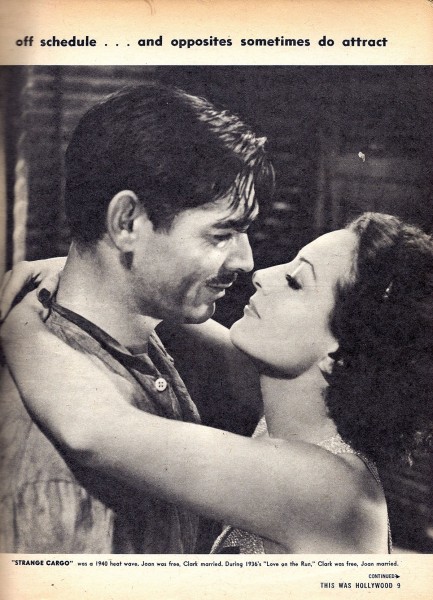
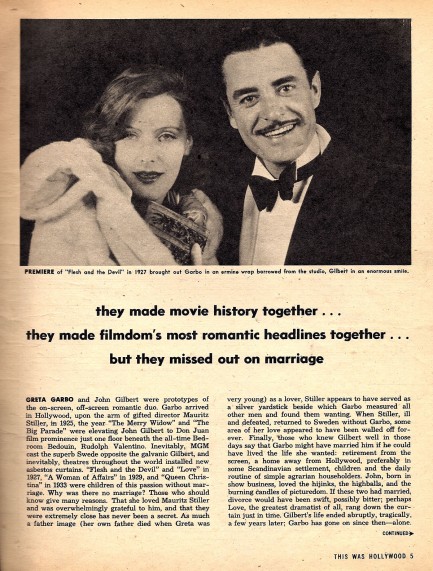
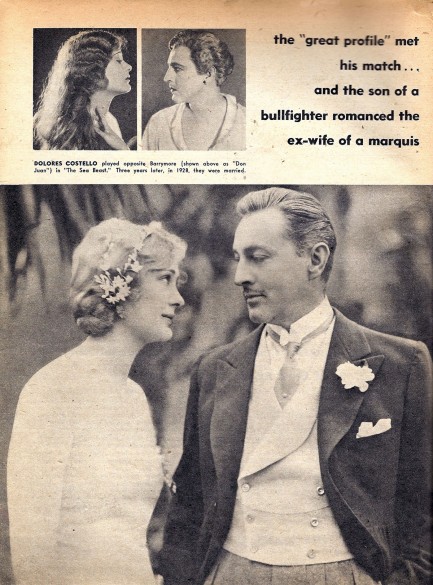
| Intl. Notebook | Jan 11 2013 |

We were researching our recent post on fascist-era femme fatale Isa Miranda when we stumbled across fourteen sets of eyes from some of the most famous starlets of the 1930s. They were on a Brazilian fashion blog called Cajon DeSastre, now defunct, and we gather they came from a book—Fashion at the Time of Fascism—which we’d love to read if we could find a copy. Anyway, just a little eye candy for Friday.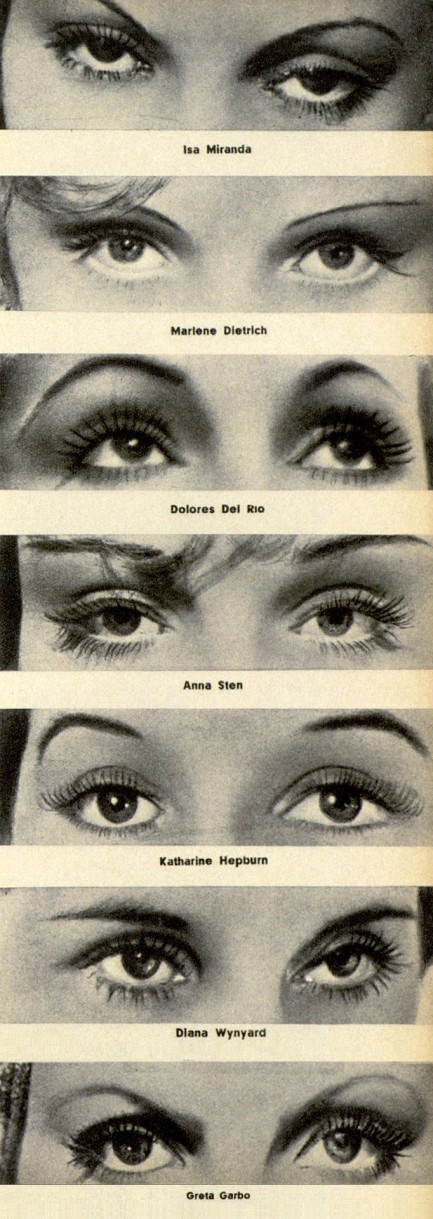
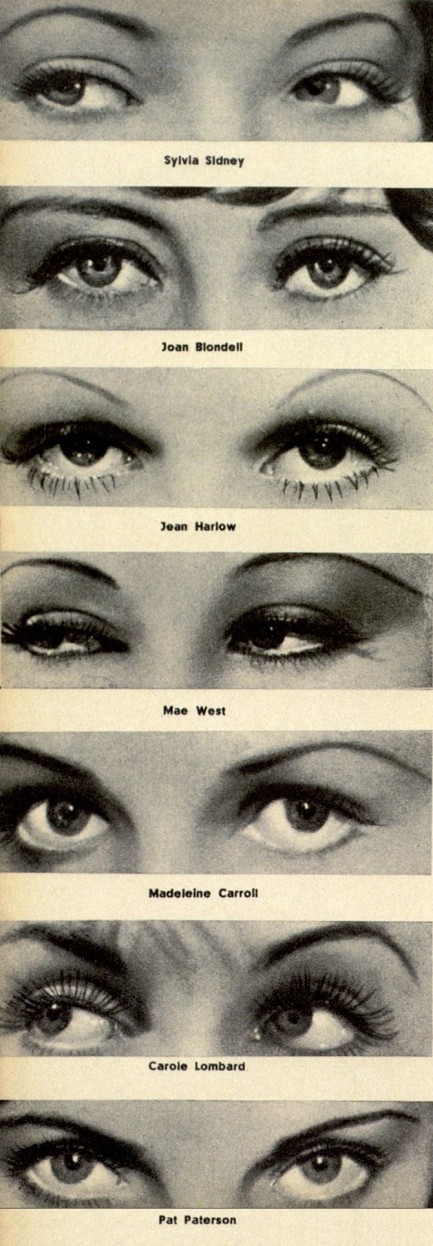
| Vintage Pulp | Oct 6 2012 |

